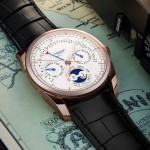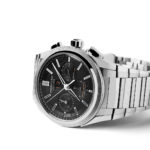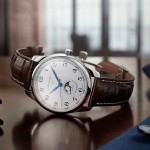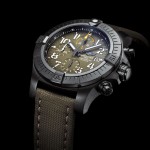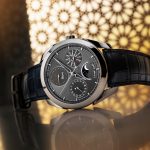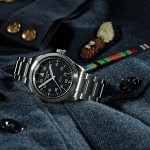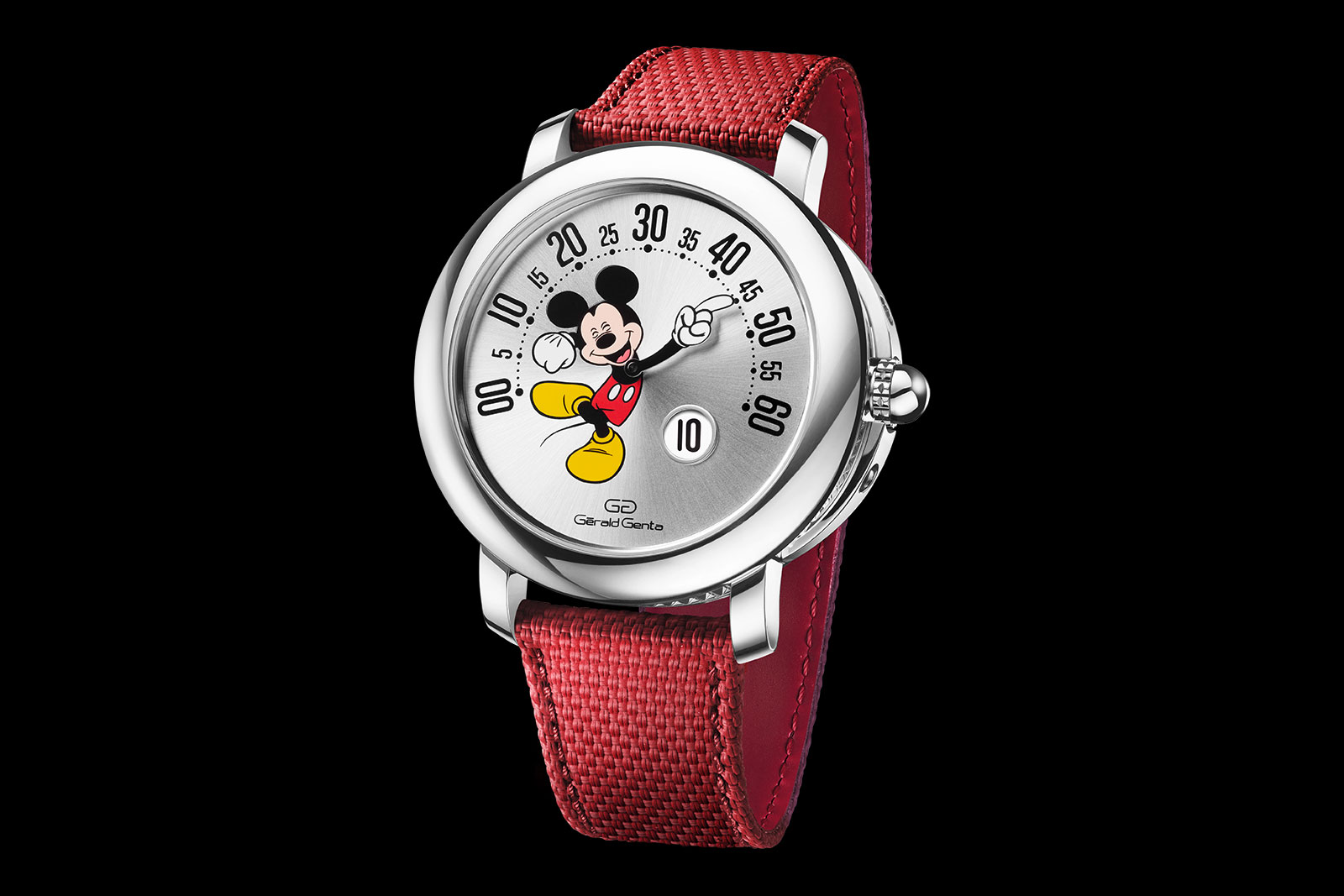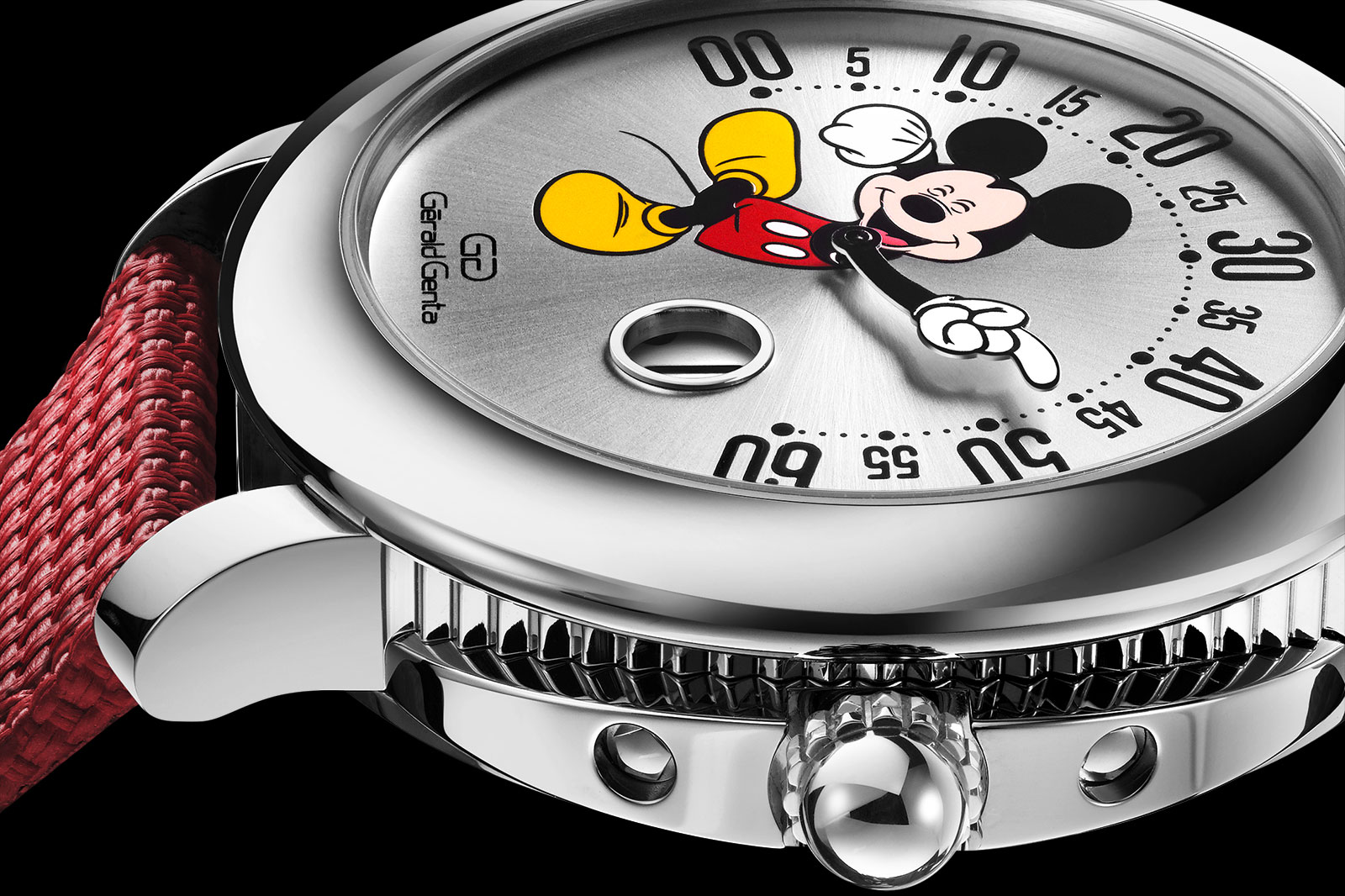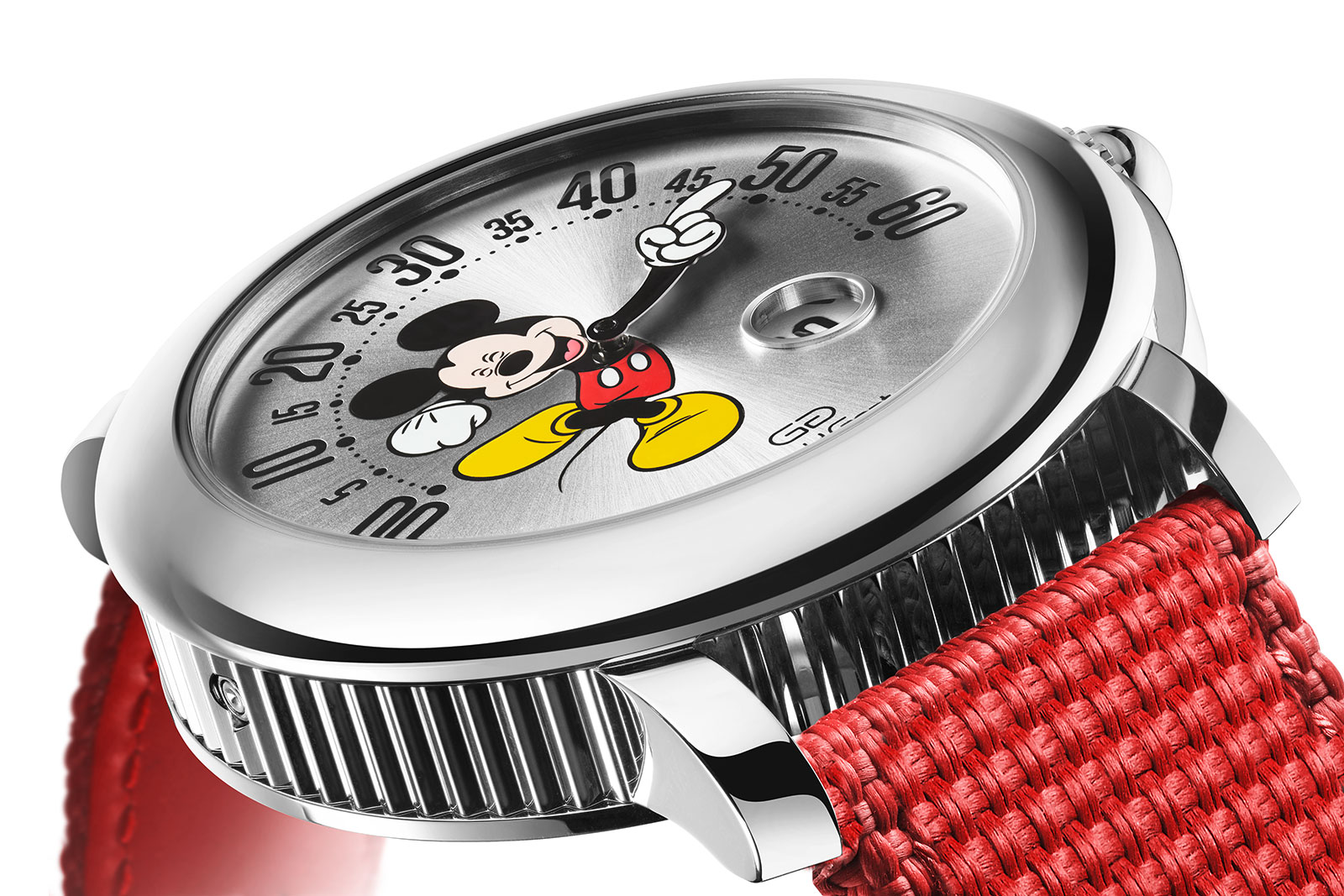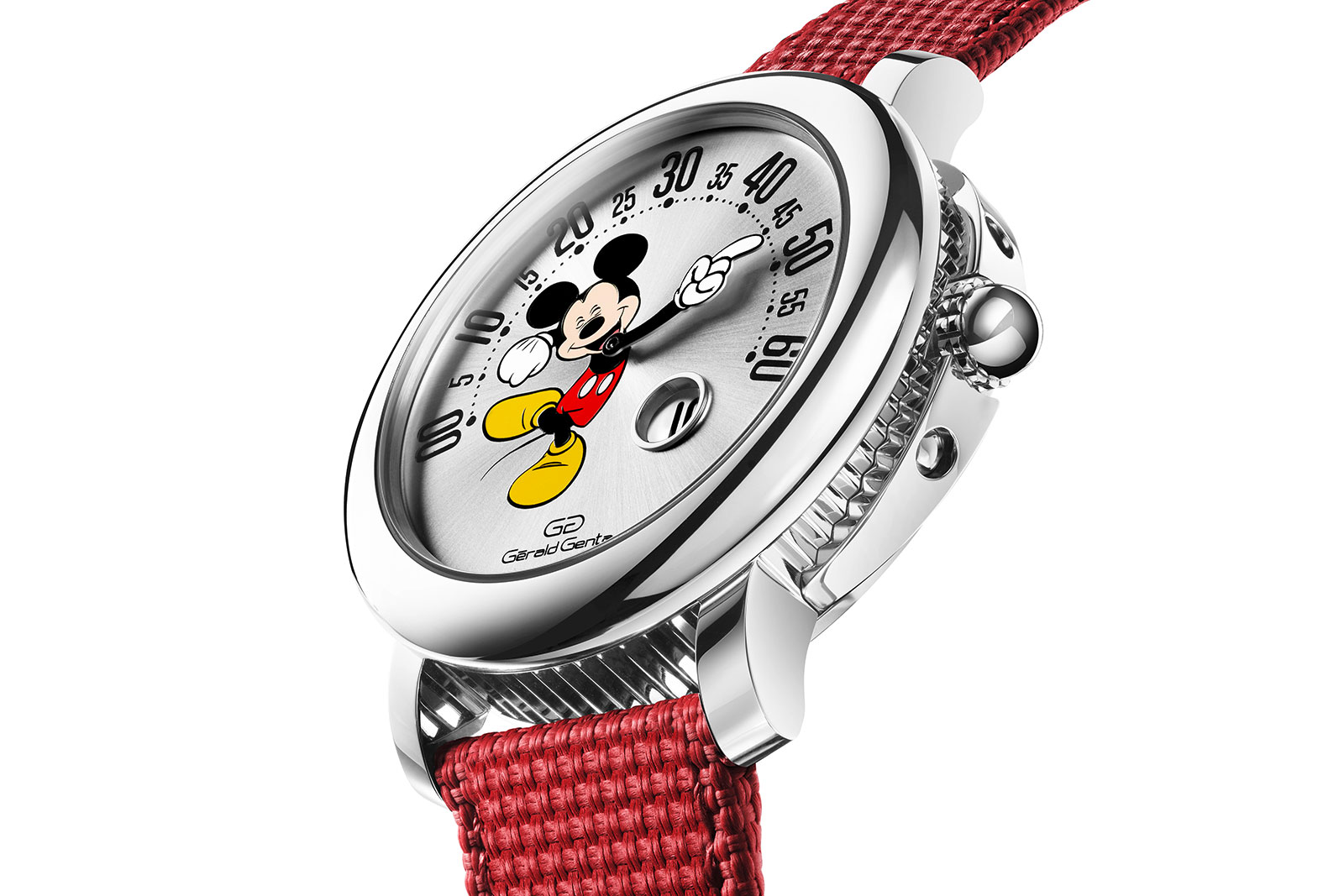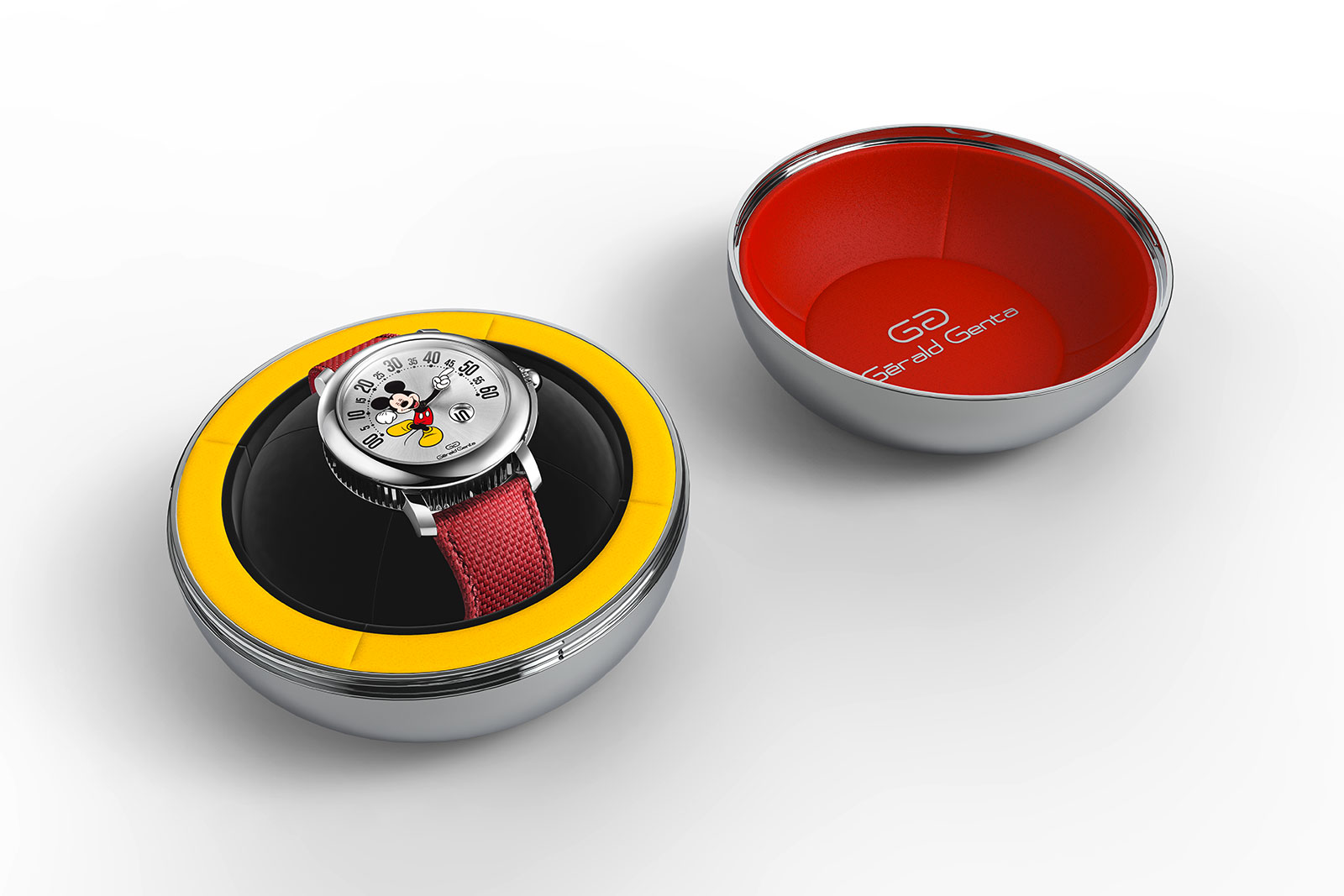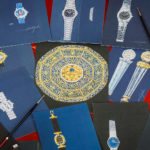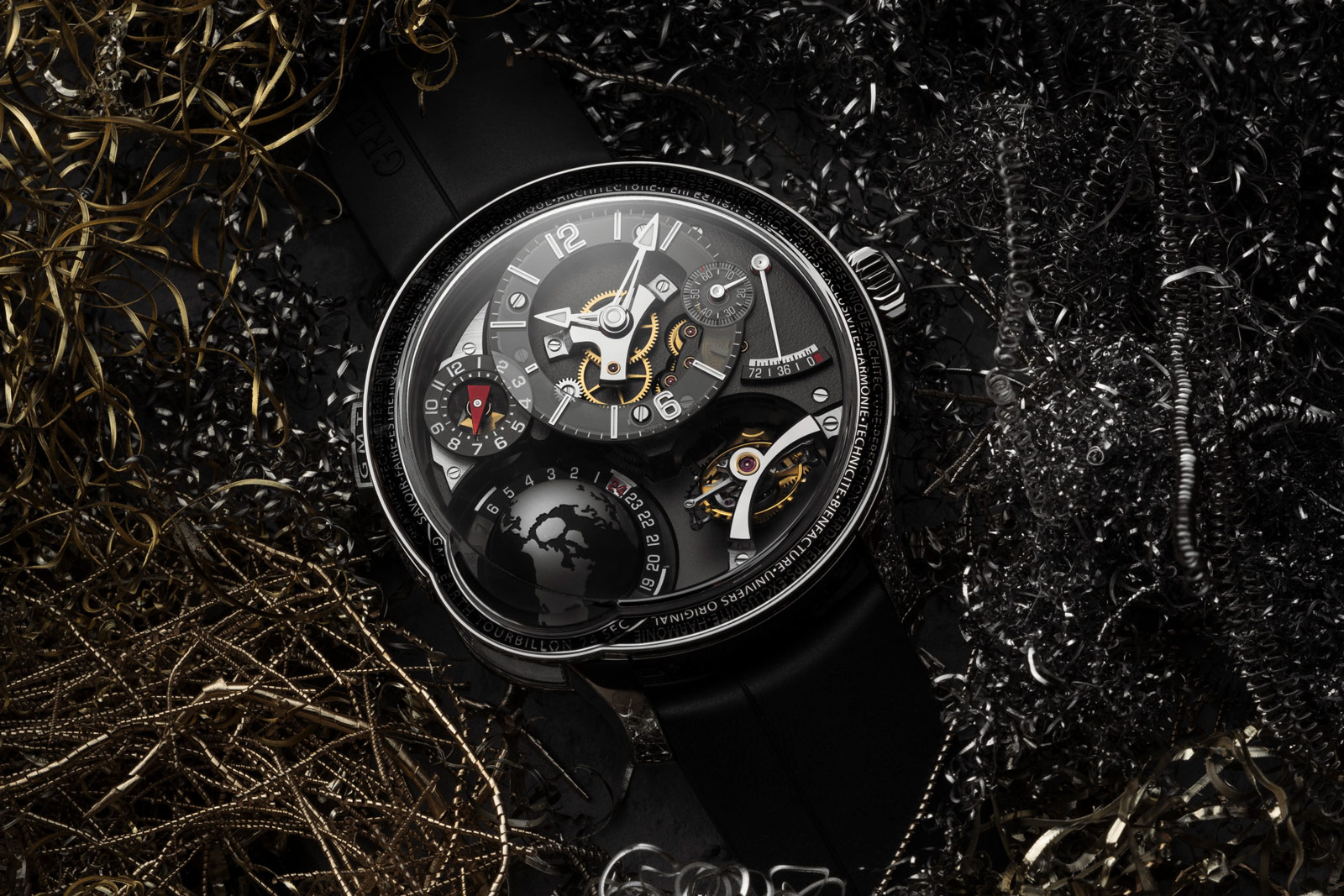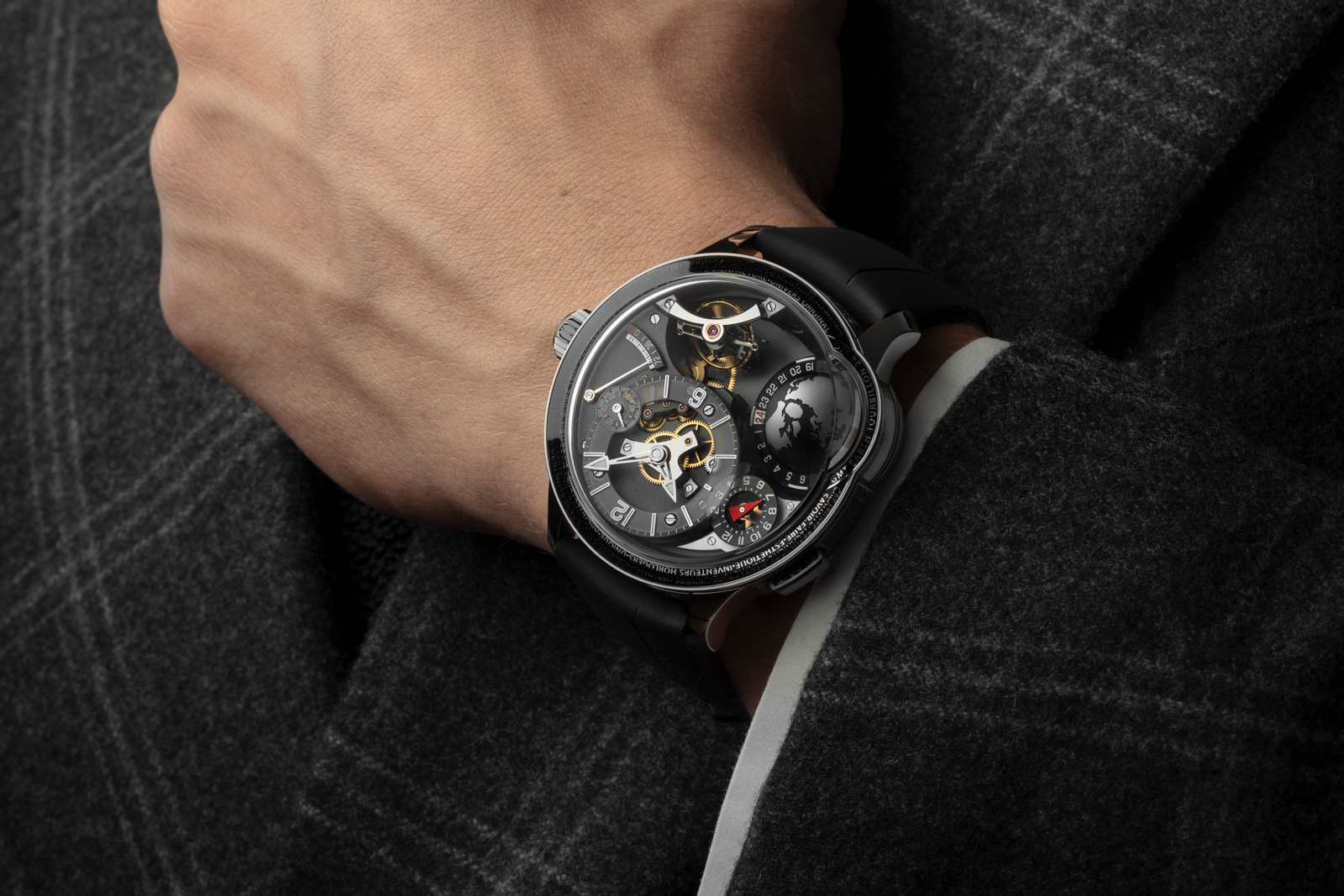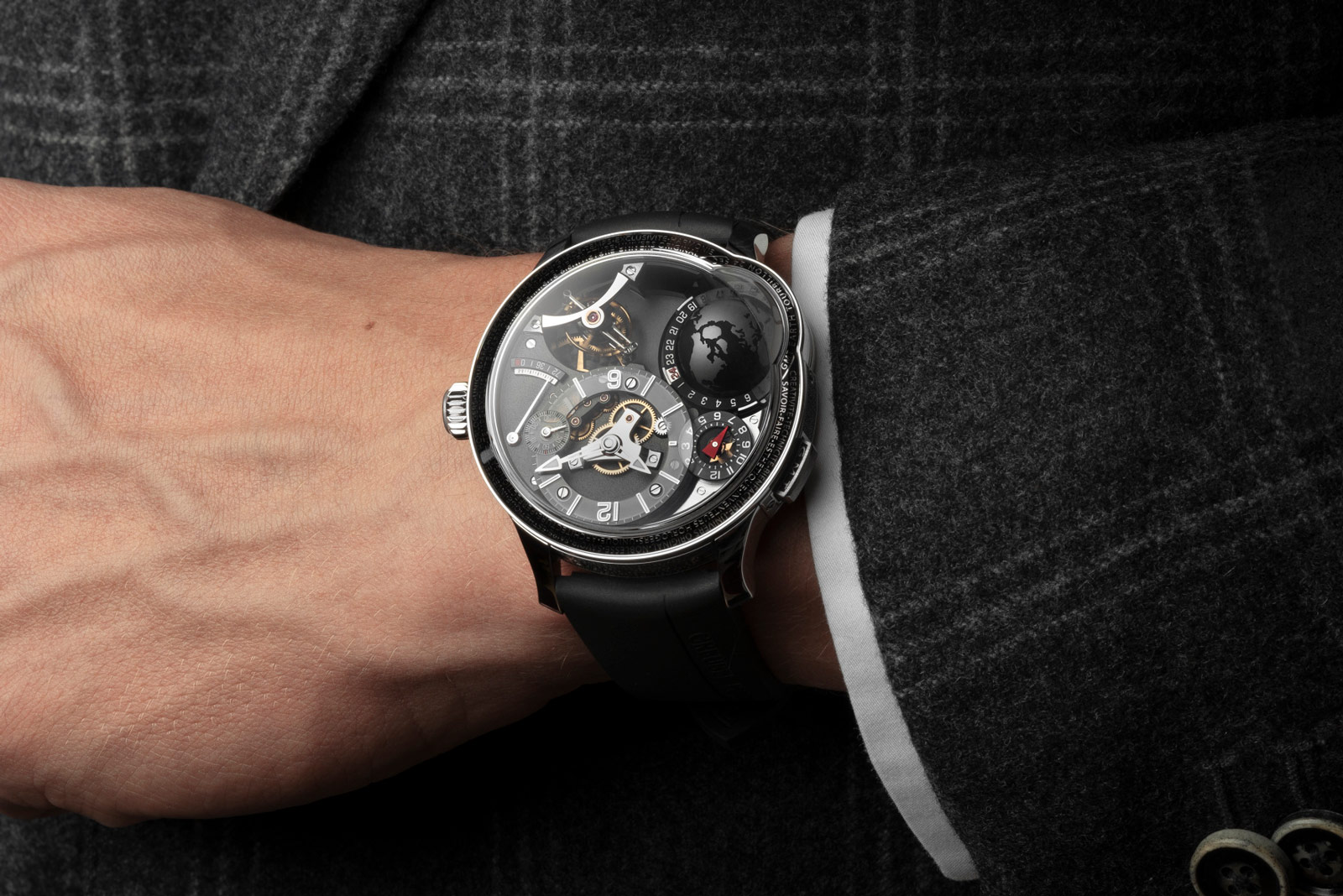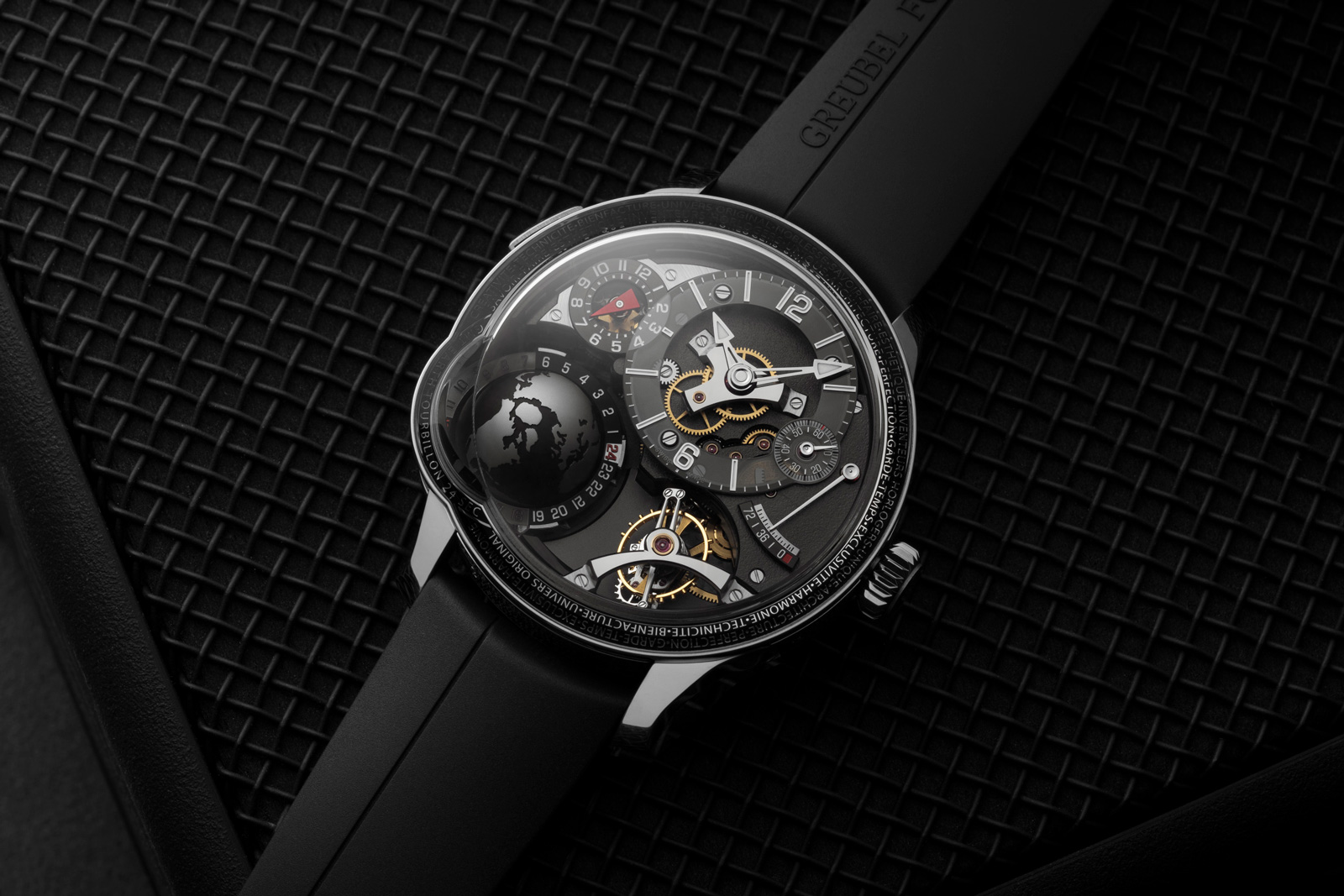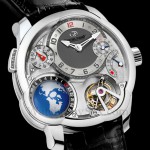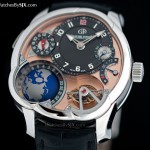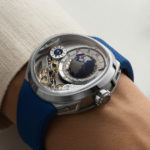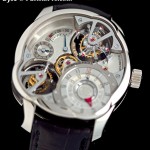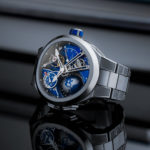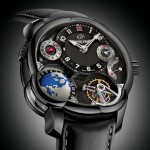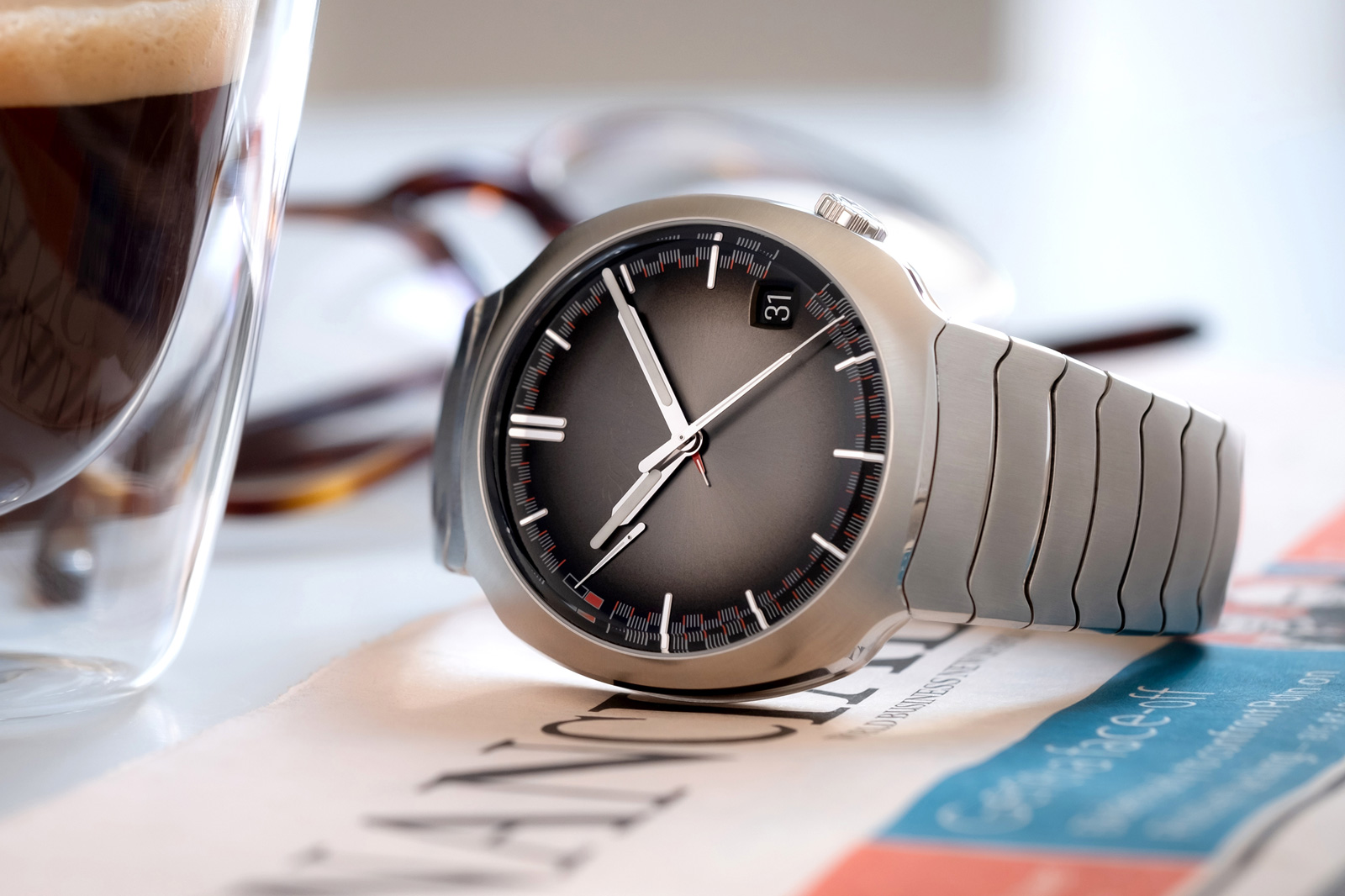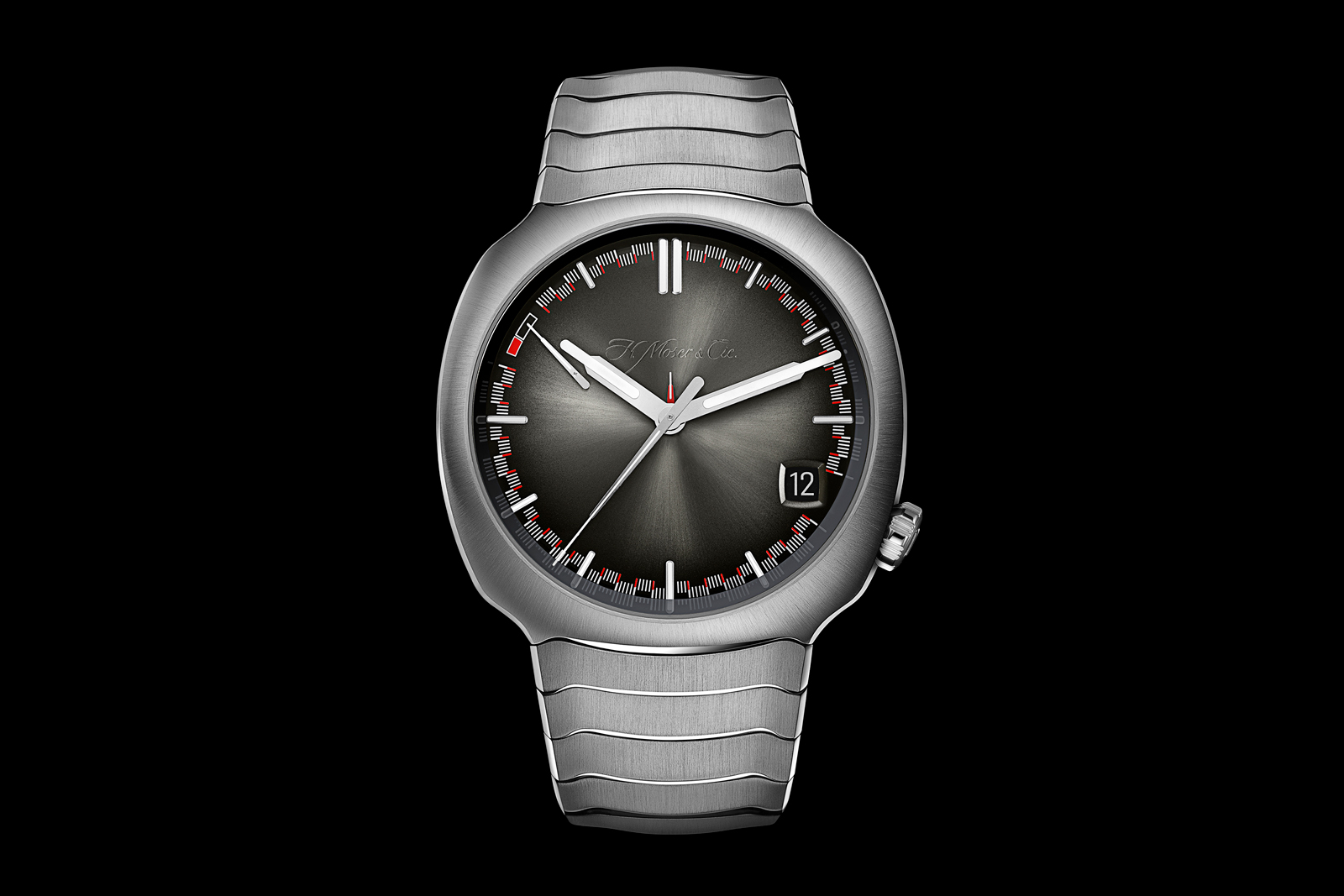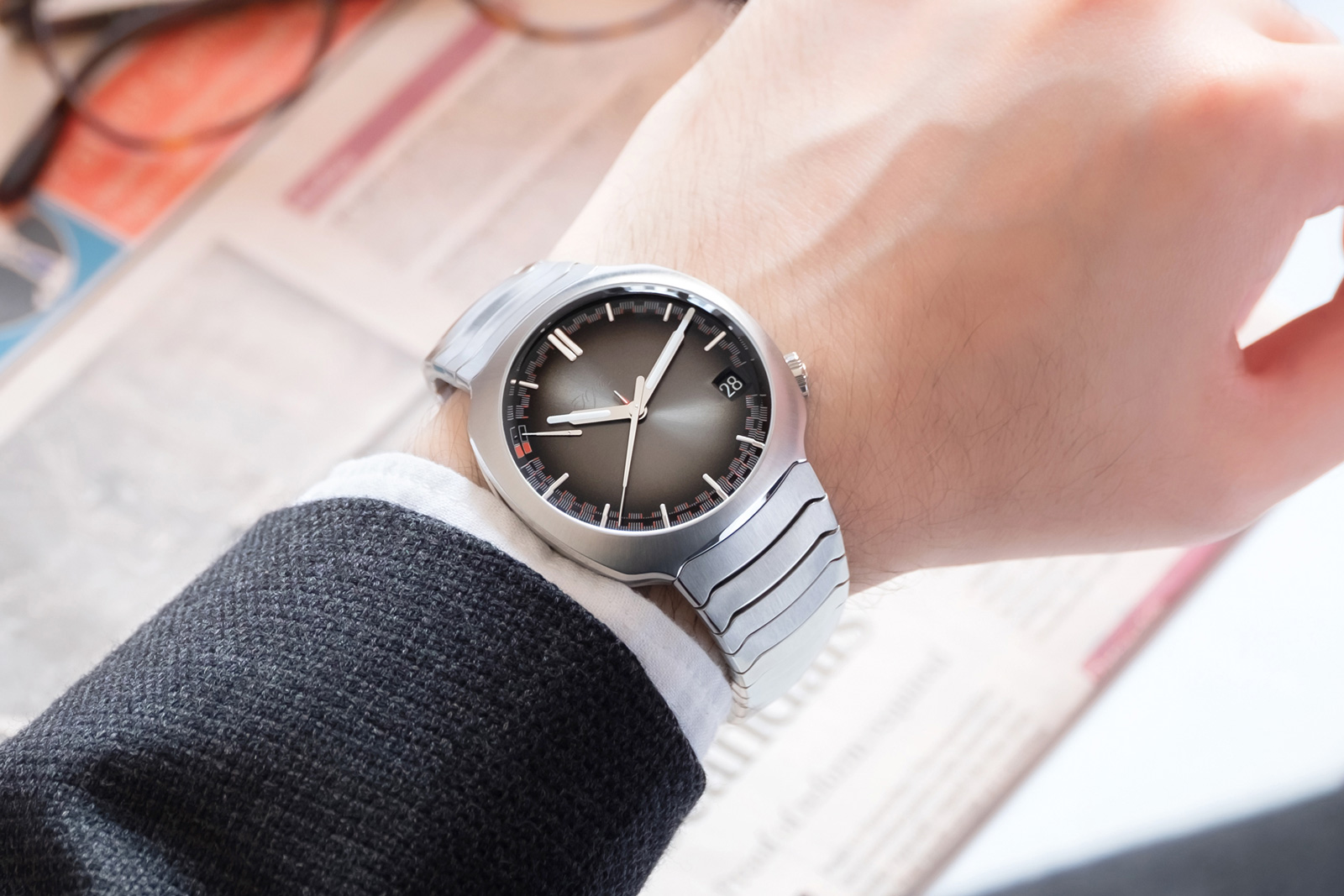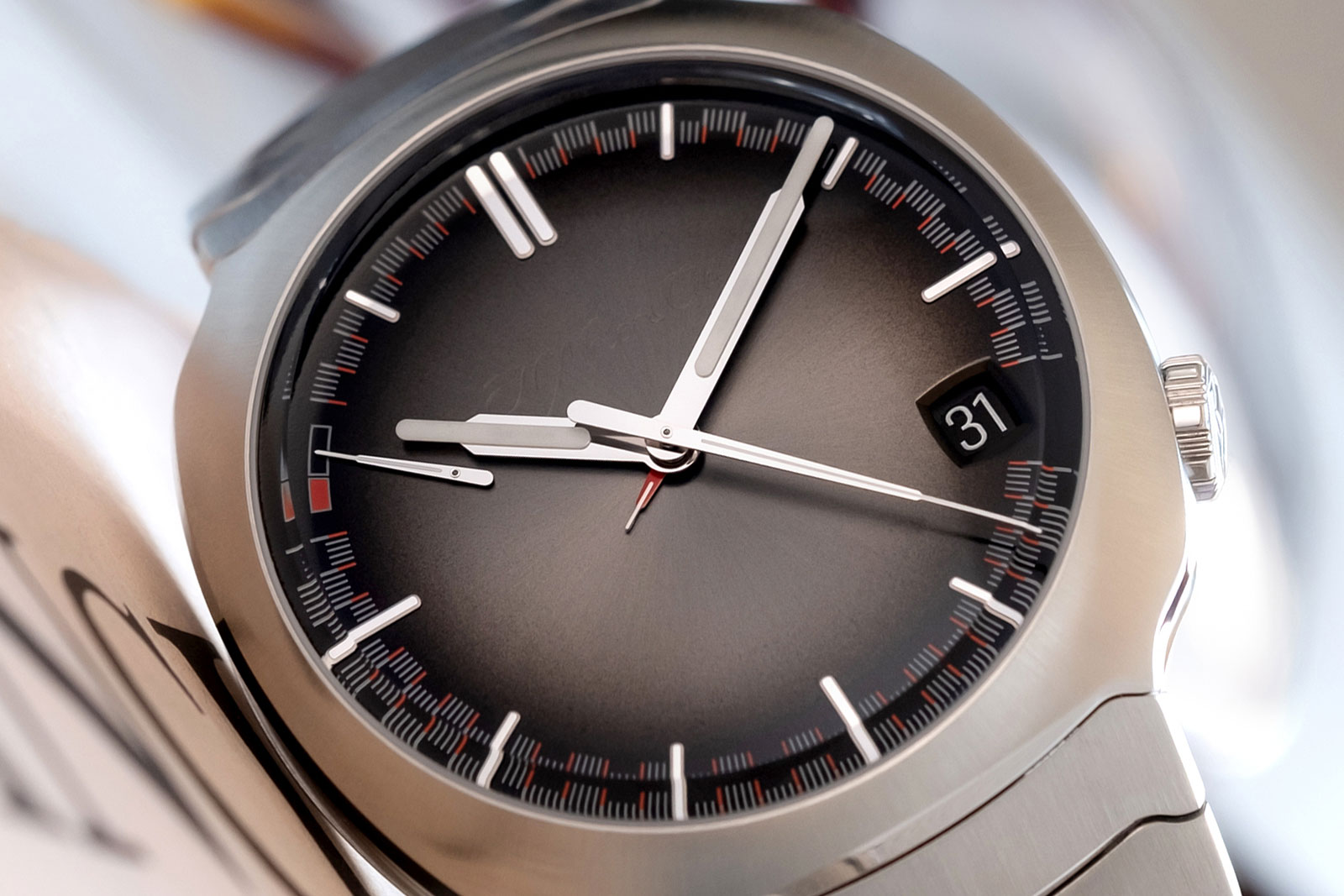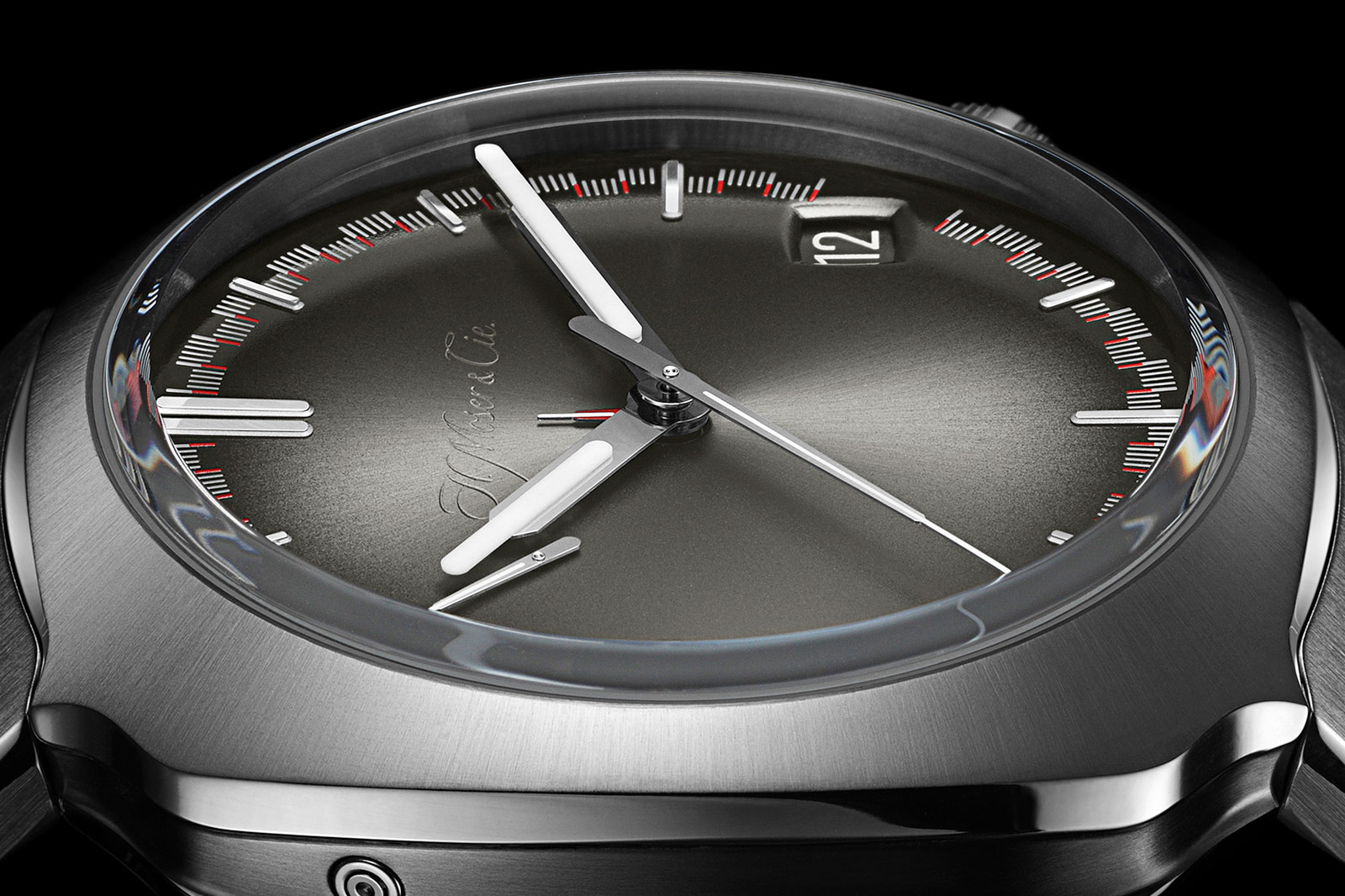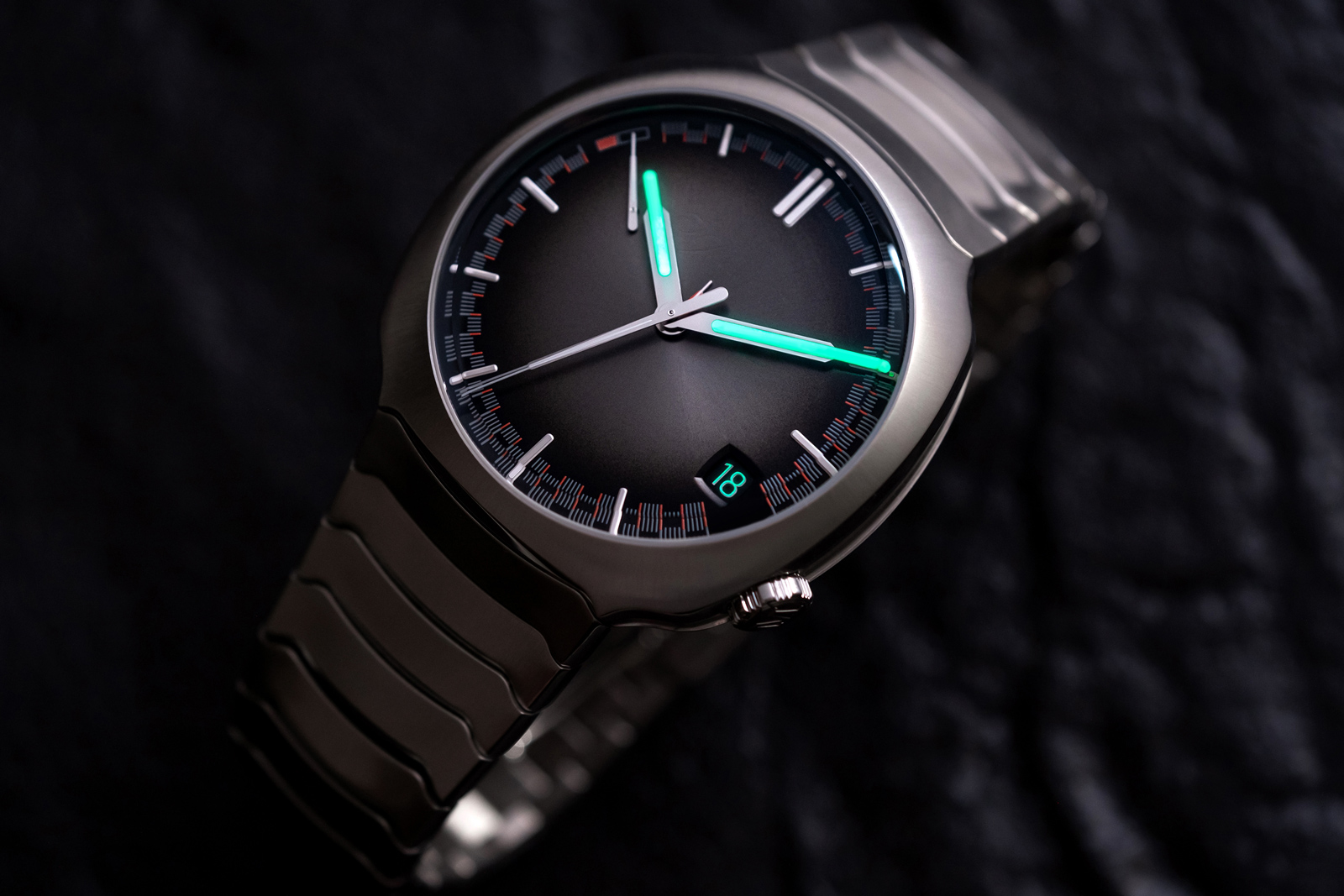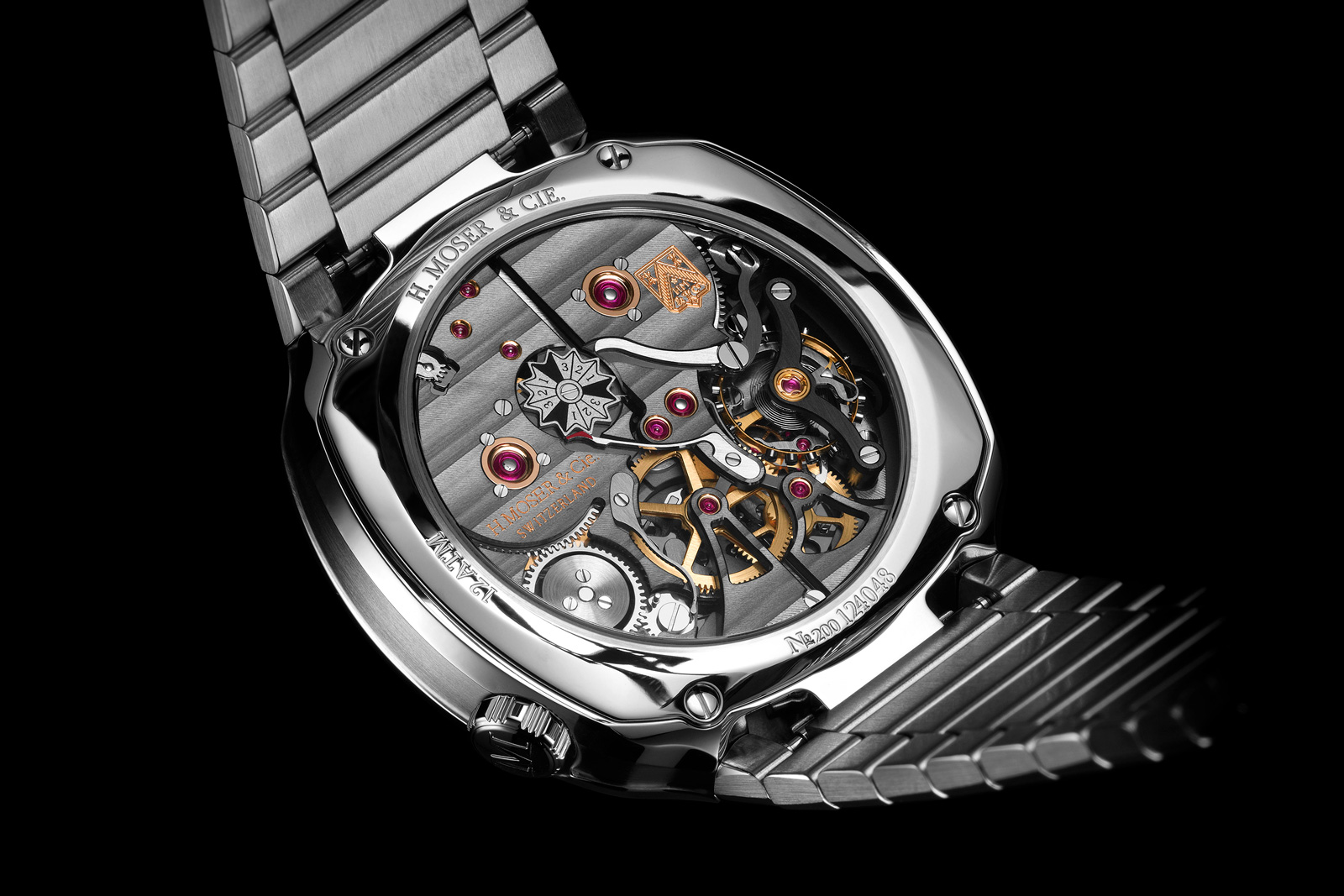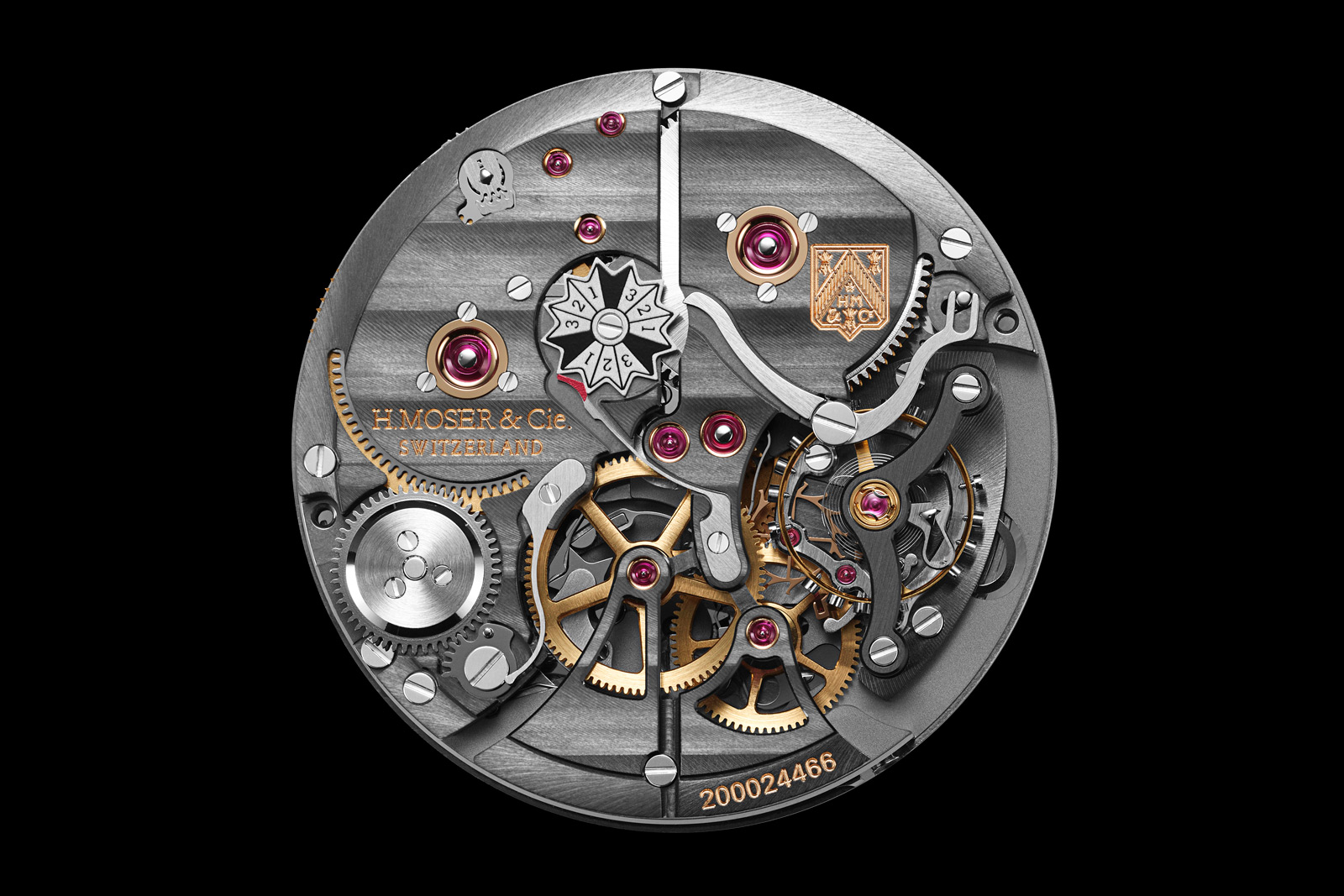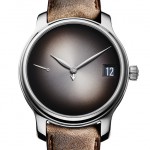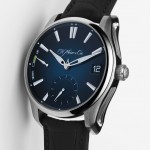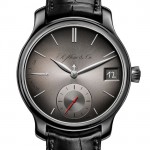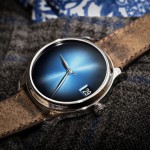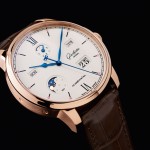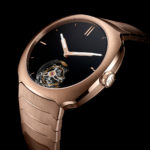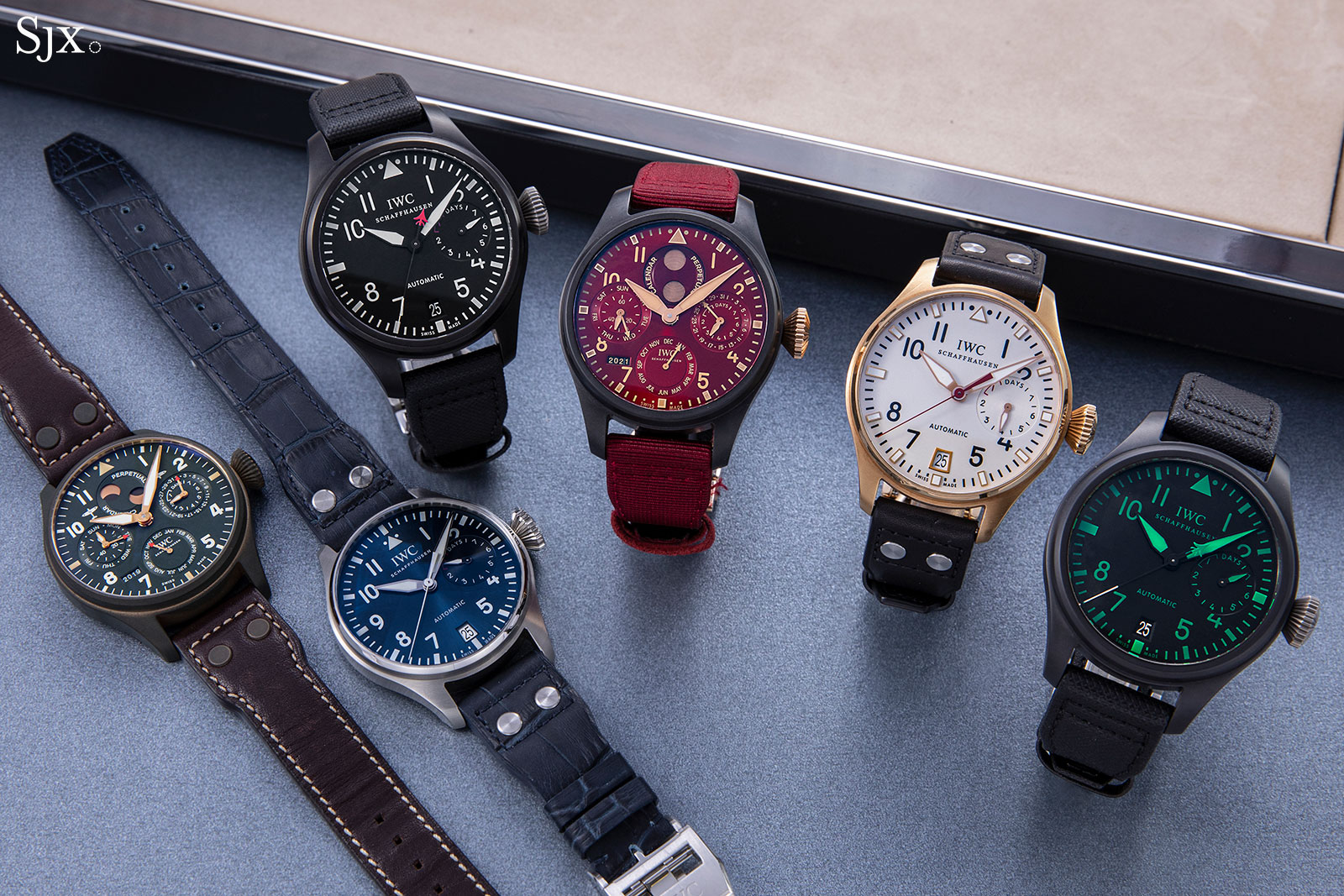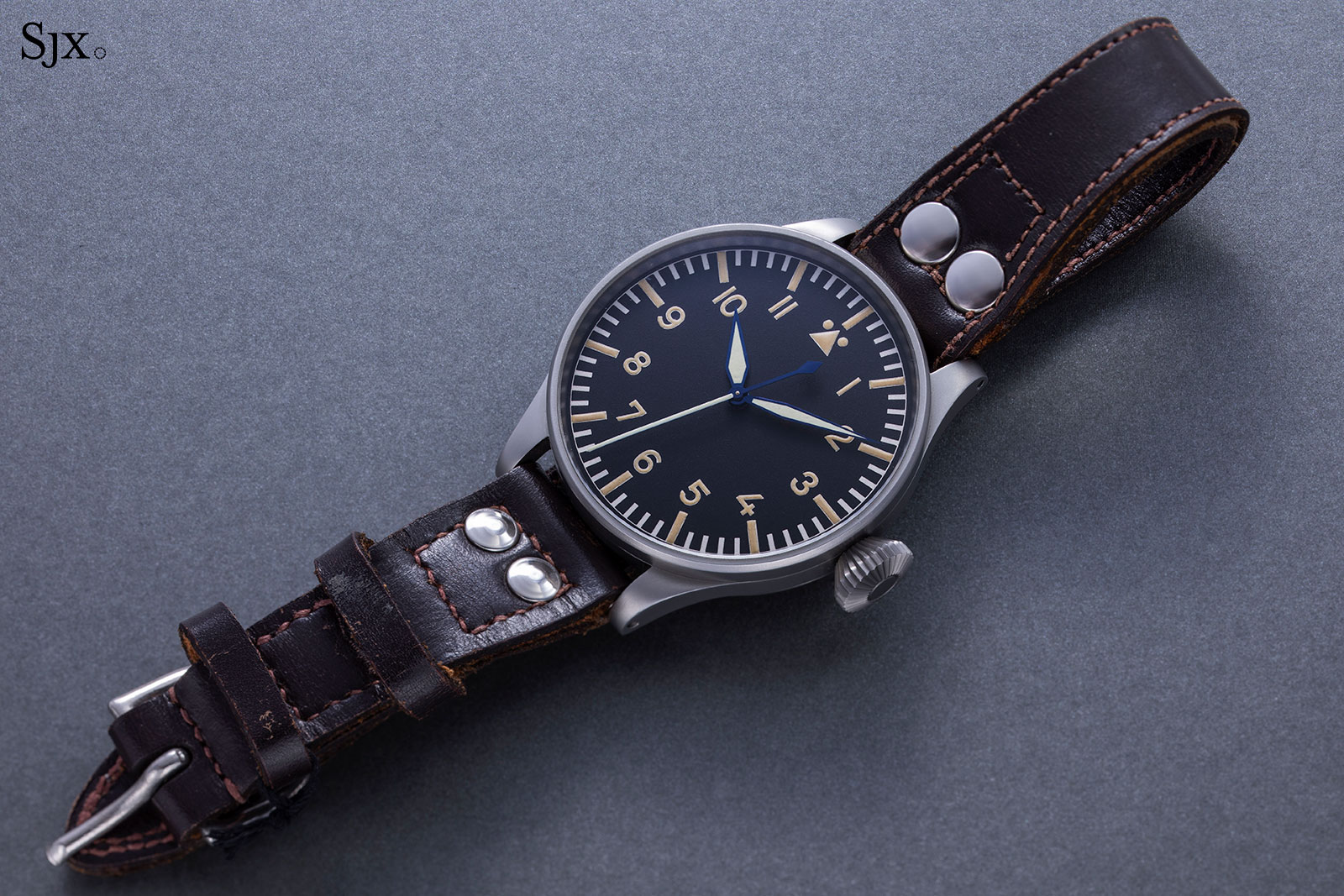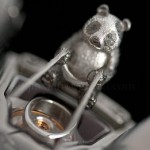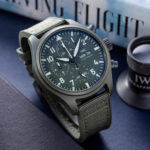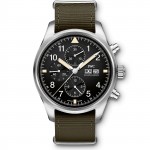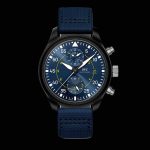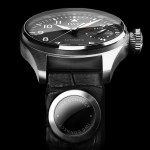Parmigiani Introduces the Tonda PF Collection
Sports watch refined and enhanced.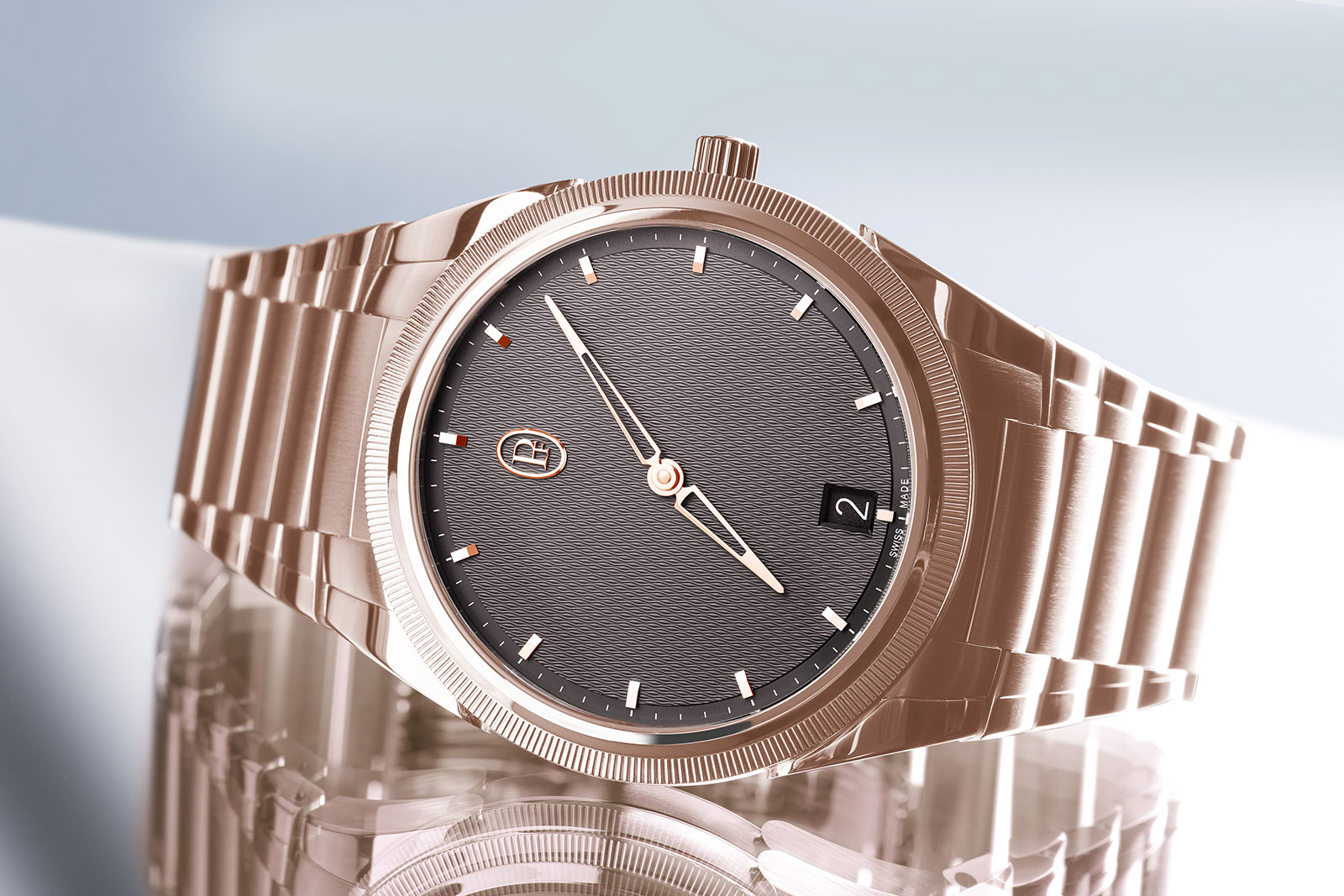
When I spoke with Parmigiani chief executive Guido Terreni earlier this year, he described his plans for the brand’s product as having a “new direction for design, which is less ostentatious”, adding that Parmigiani will ” go back to the craft and excellence of the early days… with an eye on the world of today.”
With the new Tonda PF collection launched to mark Parmigiani’s 25th anniversary, Mr Terreni appears to have pulled it off.
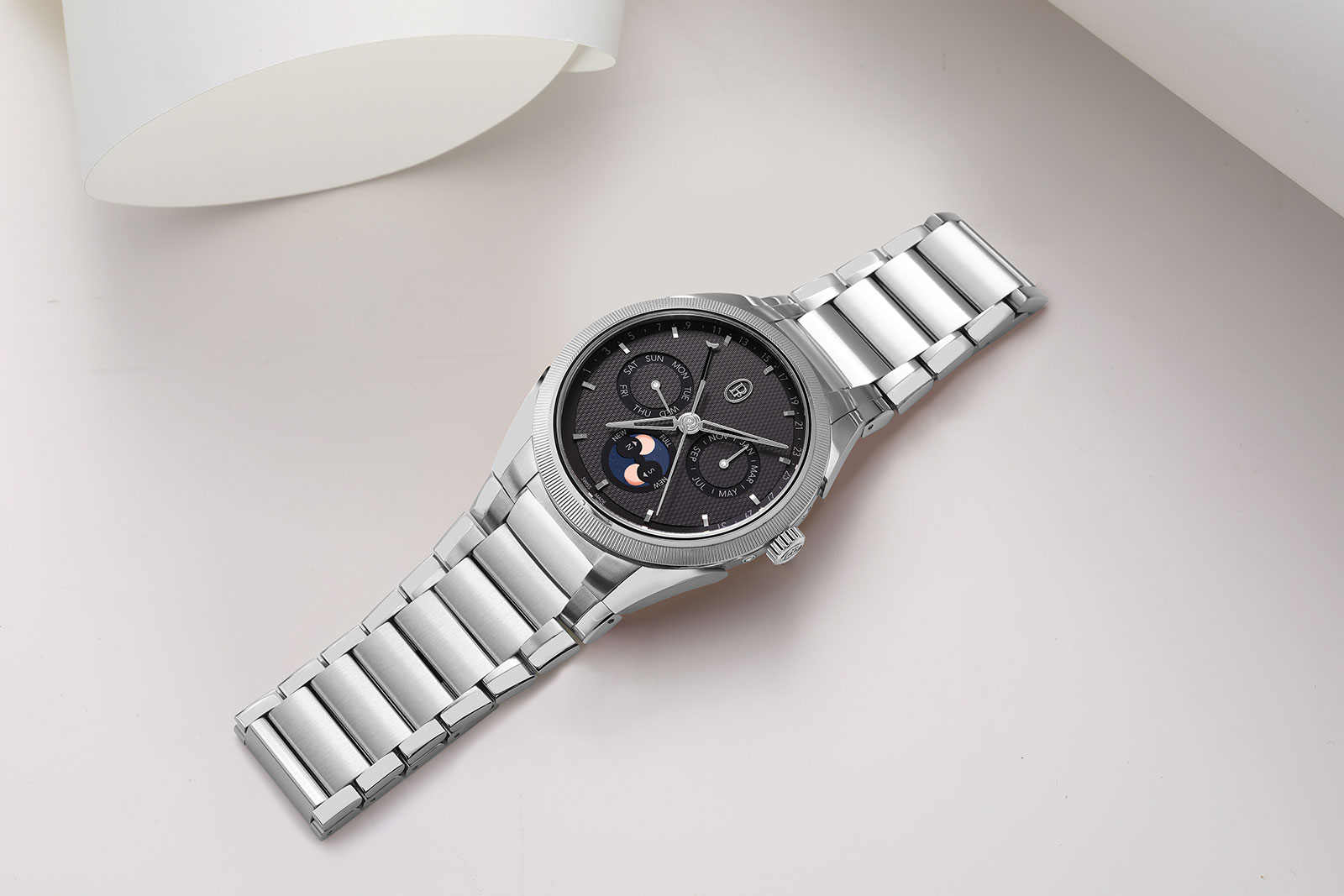
Made up of four watches – ranging from a time-only to a pricey split-seconds – the Tonda PF is a synthesis of Parmigiani’s recent integrated-bracelet sports watch and its earlier Toric timepieces that were classical and Breguet inspired.
The result is a sleek case and integrated bracelet matched with a refined yet minimalist guilloche dial featuring solid-gold hands and indices.
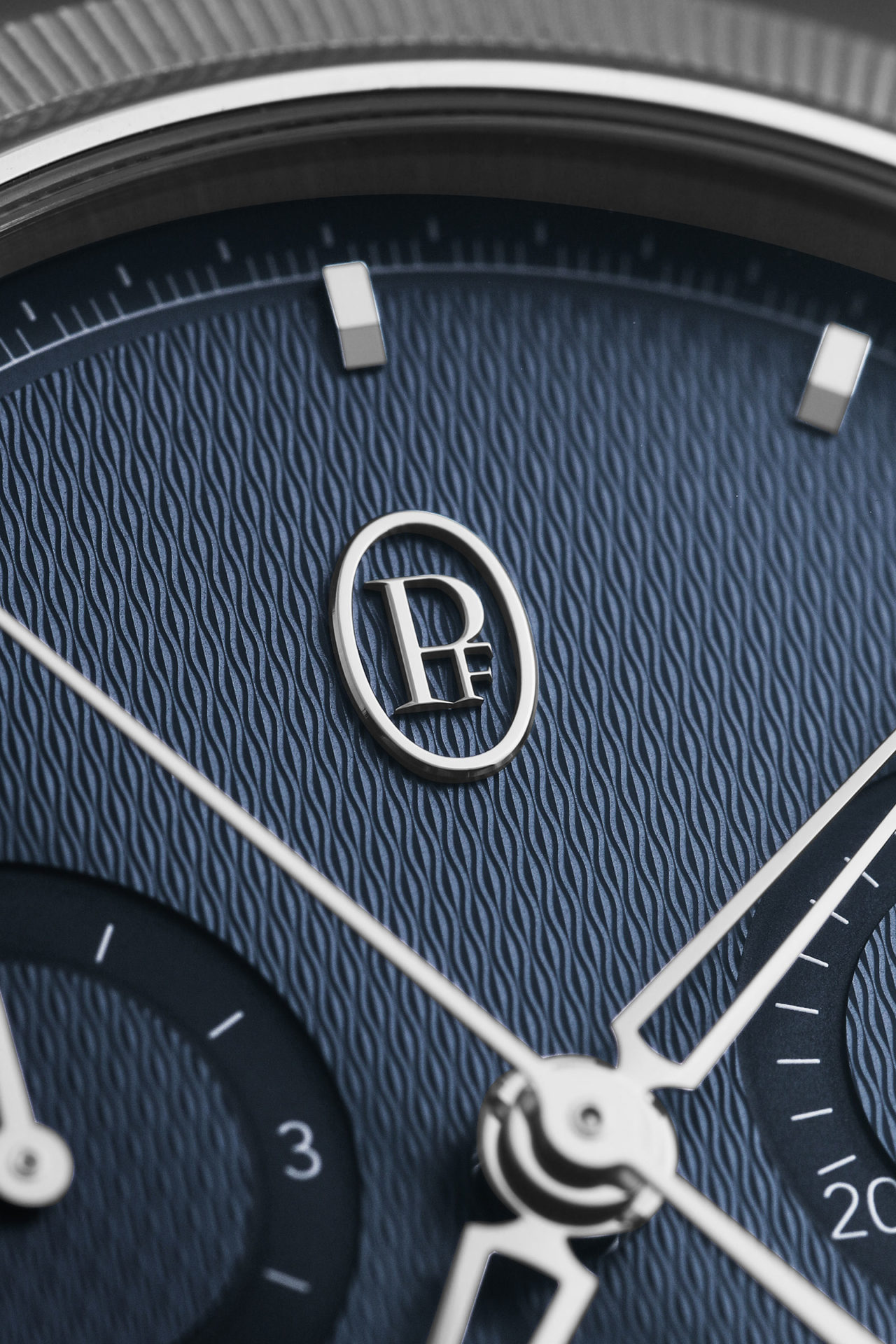
Initial thoughts
In a review two months ago, I wrote that liked the Tonda GT sports watch, though I thought the dial could be done better in several ways. The new Tonda PF does exactly that.
It keeps everything that was good with the Tonda GT and enhances the rest. The dial has been stripped of superfluous elements while gaining a barleycorn engine turning. In fact, the dial is almost Moser-ish in its restraint, with the only marking being a small “PF” logo, which is made of solid 18k gold.
And the upgrades in materials continue with the case, with all the steel model getting a knurled platinum bezel.
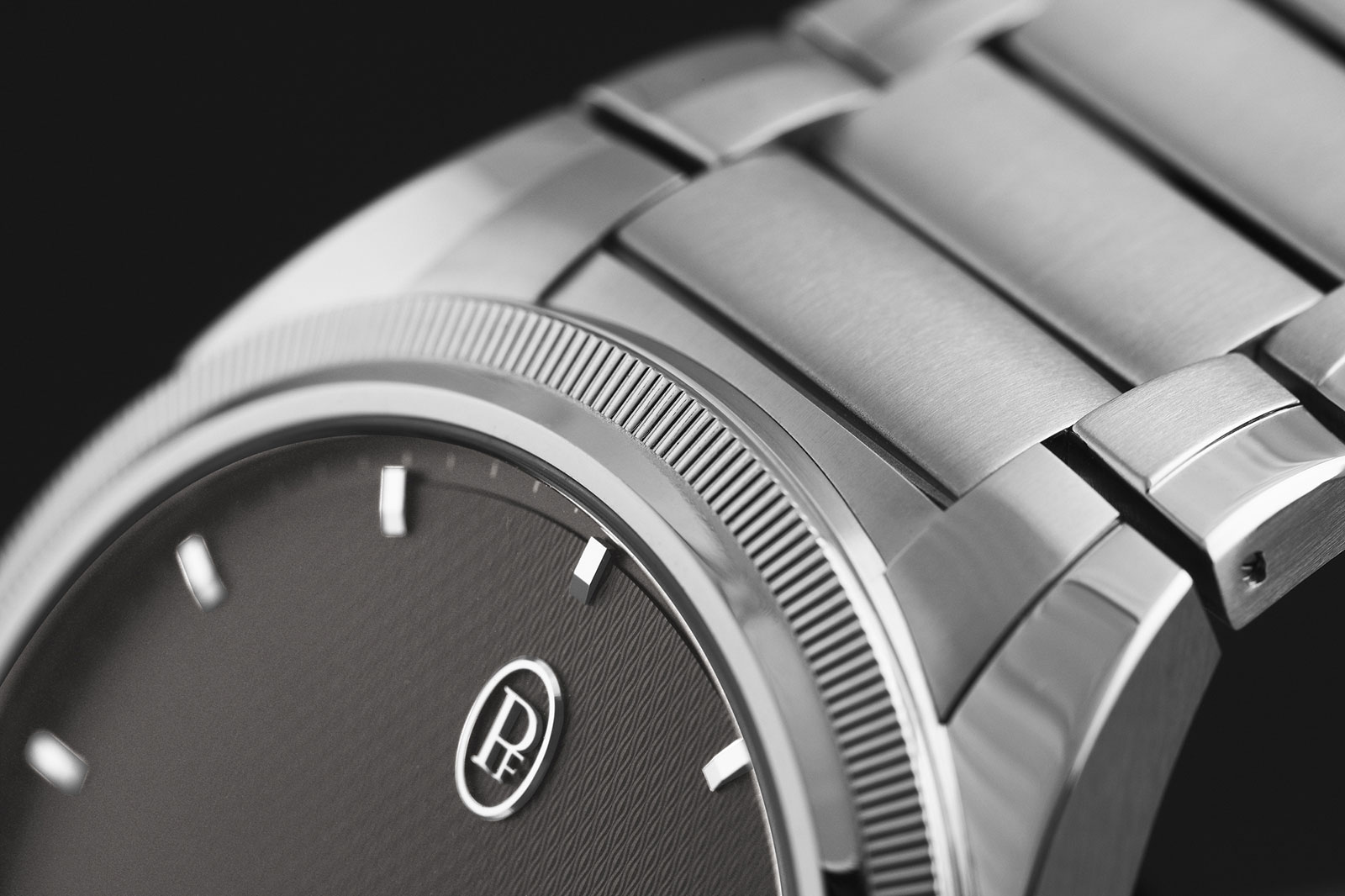
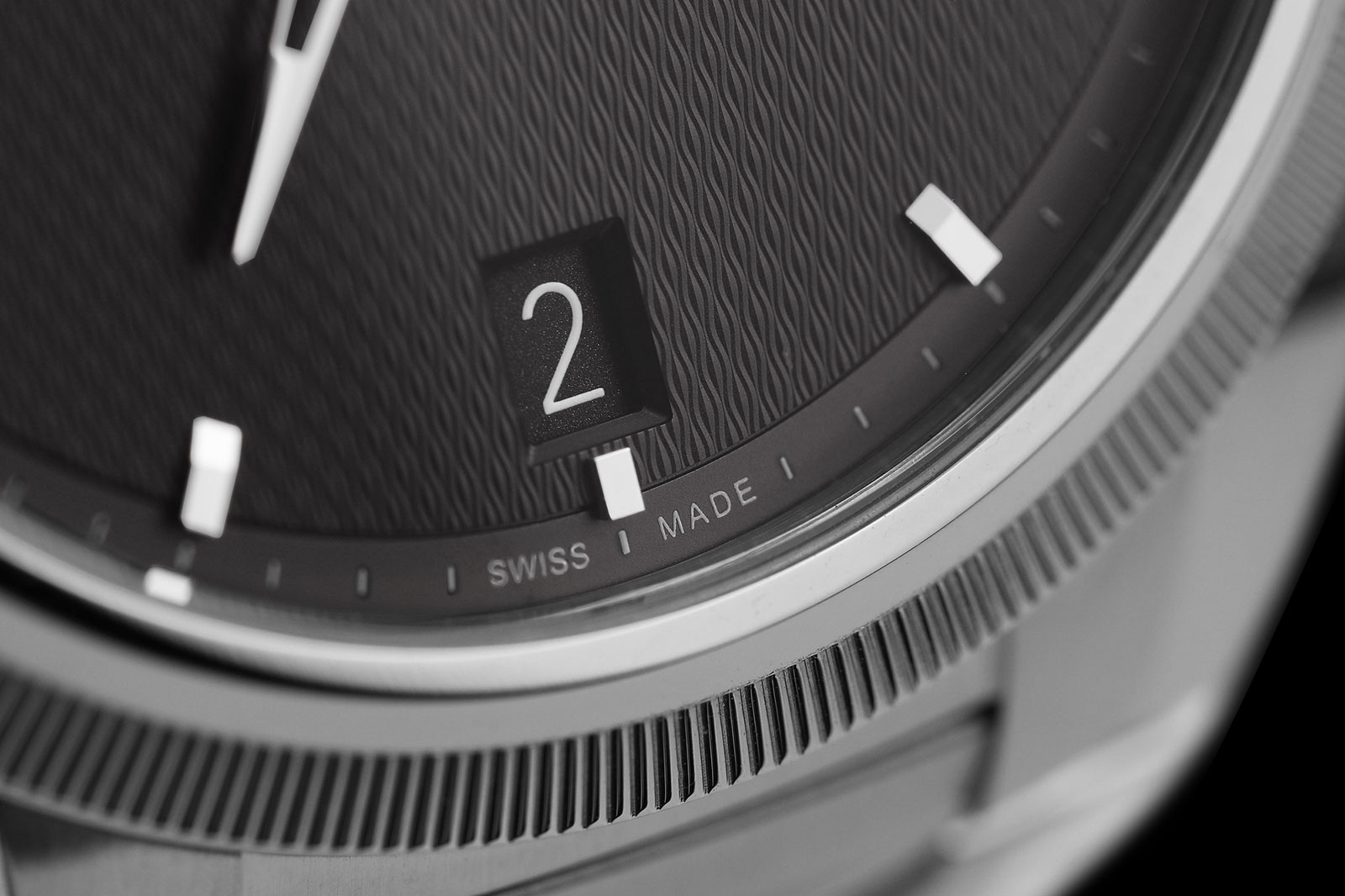
And the movements have been enhanced. The base model, for instance, gets an extra-thin calibre with a platinum micro-rotor, as opposed to the thicker, full-rotor movement found in the Tonda GT. And the chronograph has an integrated movement, instead of the modular calibre found in the steel Tondagraph GT.
For all their elegance and upgrades, all of the Tonda PF watches have screw-down crowns and 100 m depth ratings. The emphasis is on luxury, but they are still sporty watches.
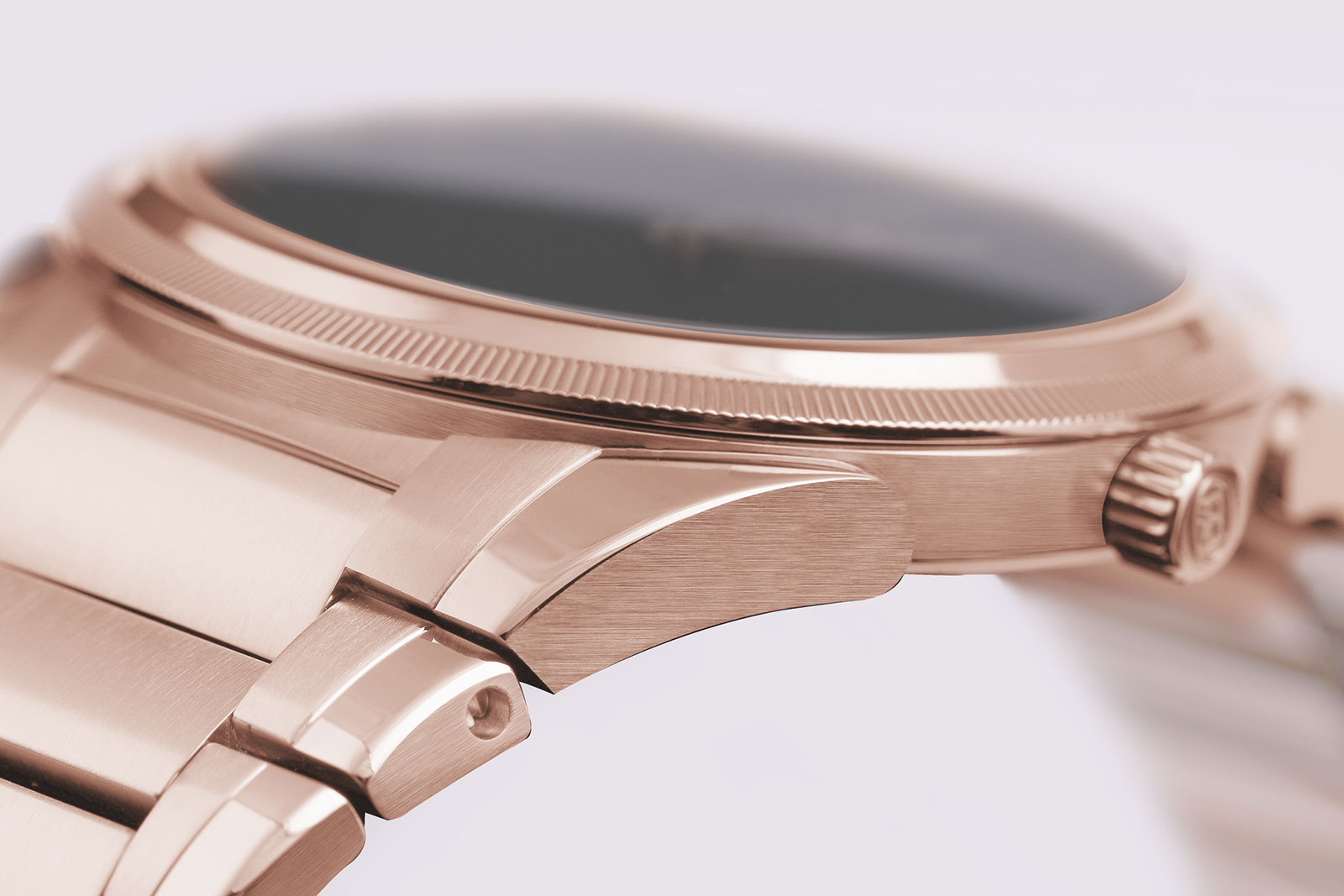
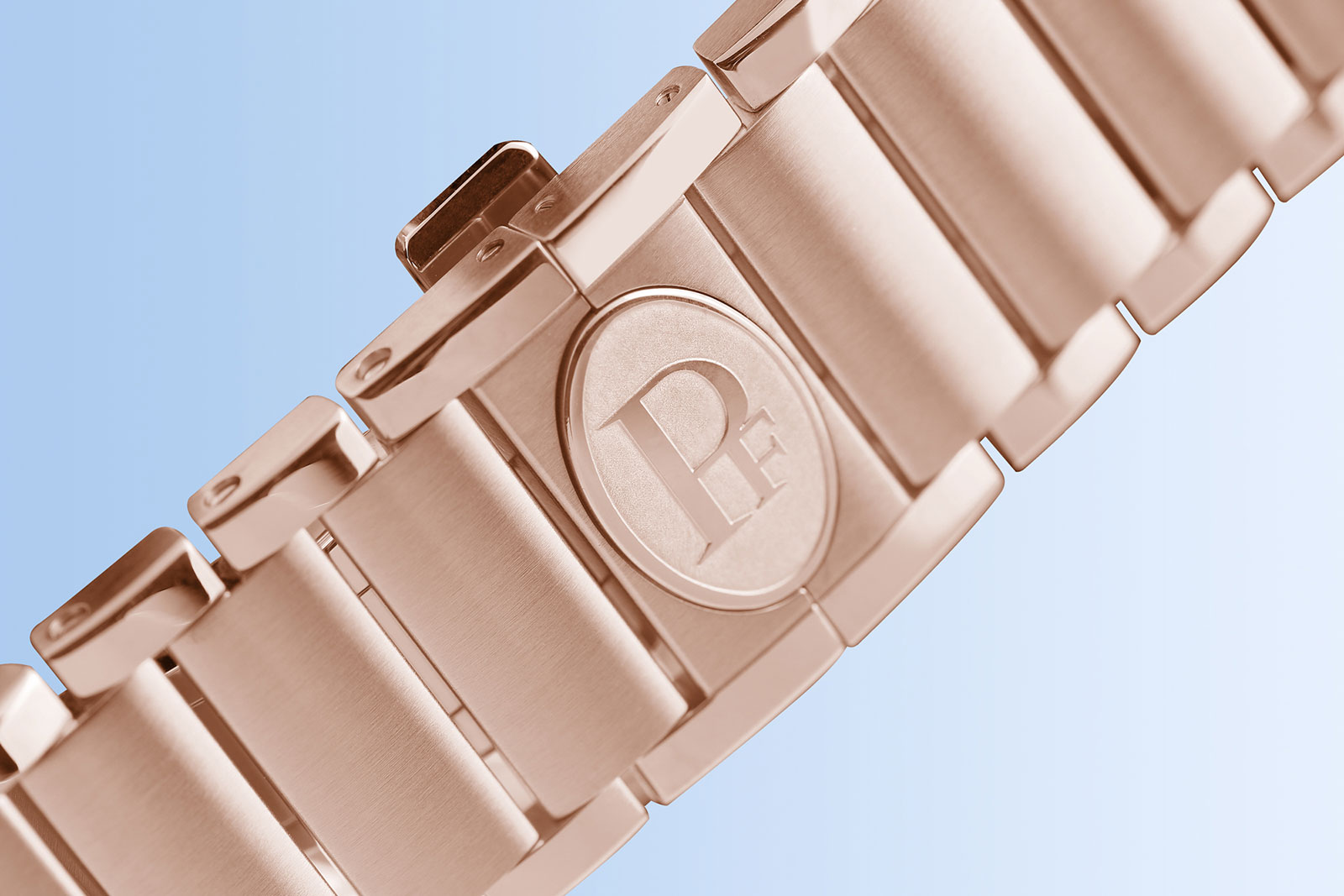
All that, however, comes at a price. While the Tonda GT in steel cost US$14,500 on a bracelet, the Tonda PF Micro-Rotor costs US$22,900. While the Tonda PF is arguably still a fair buy given the quality of build – though the split-seconds is a bit of a stretch – it doesn’t offer the same value that the Tonda GT did.
My favourite of the lot is the Micro-Rotor in steel, which is still passable value. Price aside, the split-seconds in platinum is a gorgeous watch – the movement is a marvel and it surely has an impressive weight, along with a price of over US$170,000.
Lastly, it’s worth noting that the time-only Tonda PF does bring to mind the Octo Finissimo, the extra-thin watch that’s been a hit for Bulgari. It was introduced while Mr Terreni was in charge of Bulgari’s watch division so the resemblance might not be a surprise. Be that as it may, the Parmigiani is unquestionably better finished and more refined, making it a better watch intrinsically, albeit at a higher price.
Tonda PF Micro-Rotor
The entry-level model is the Tonda PF Micro-Rotor that’s 40mm wide and a deliciously thin 7.8 mm.
Its simplicity is outstanding and thoughtful. The tone-on-tone date at six o’clock manages to be useful while not taking away from the balance or symmetry of the dial.
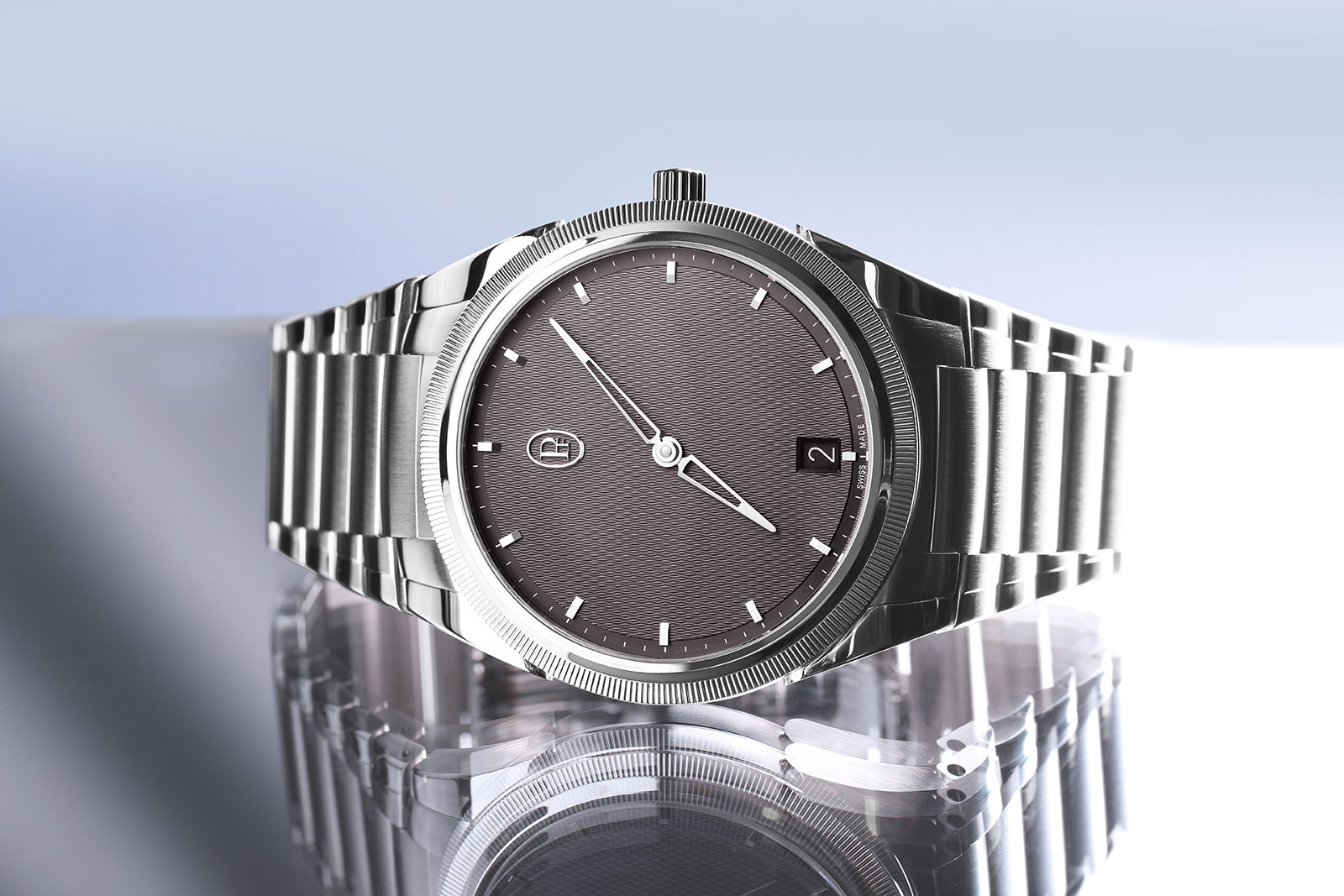
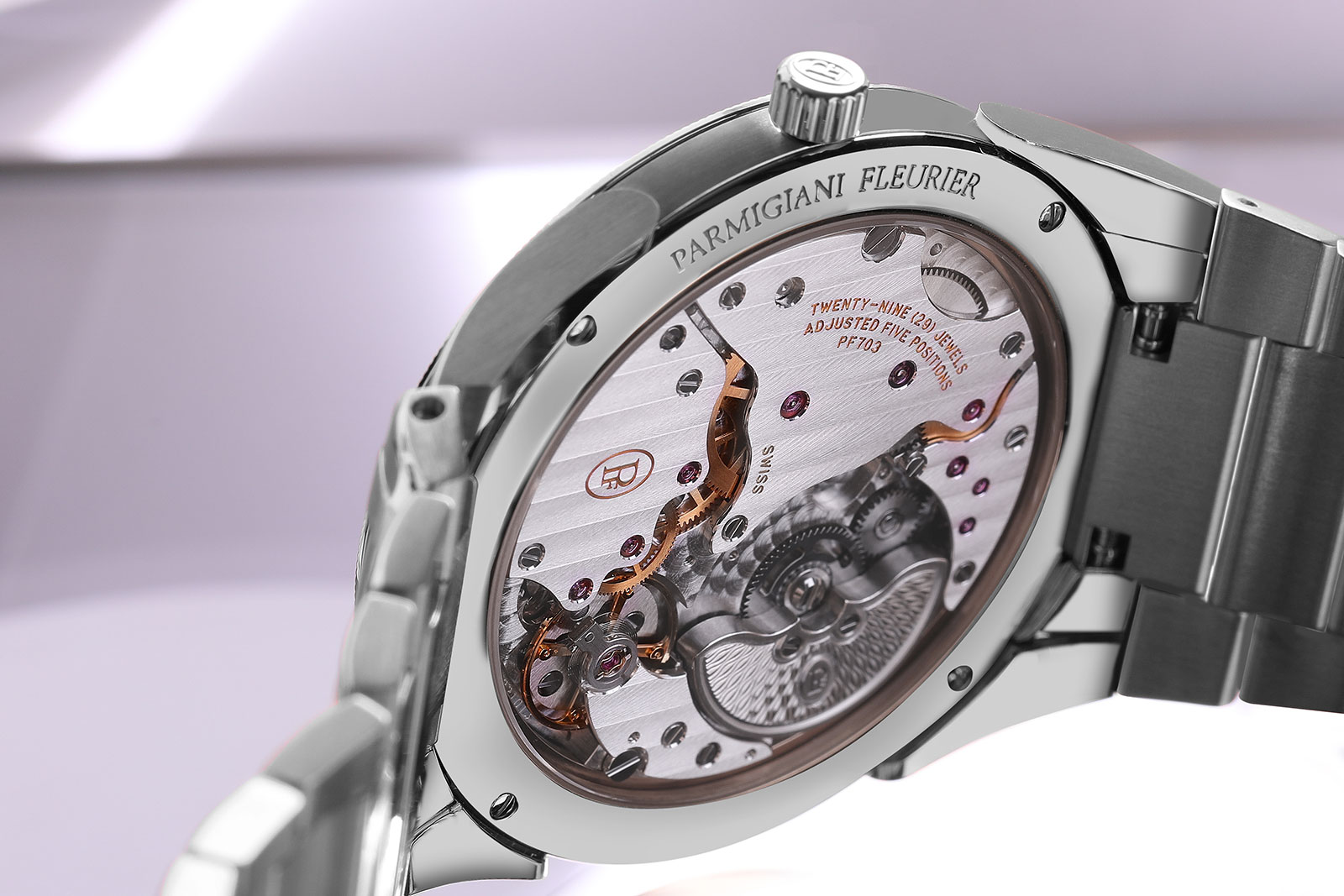
Tonda PF Annual Calendar
The Annual Calendar is larger and thicker, though it still retains elegant proportions. And the dial is legible, though the calendar displays appear quite small.
Of the watches in the Tonda PF line, this seems like a missed opportunity in terms of dial design. The watch retains the traditional trio of sub-dials found on Parmigiani’s other annual calendar models. A simpler, wind0w-based display would have suited the Tonda case design better.
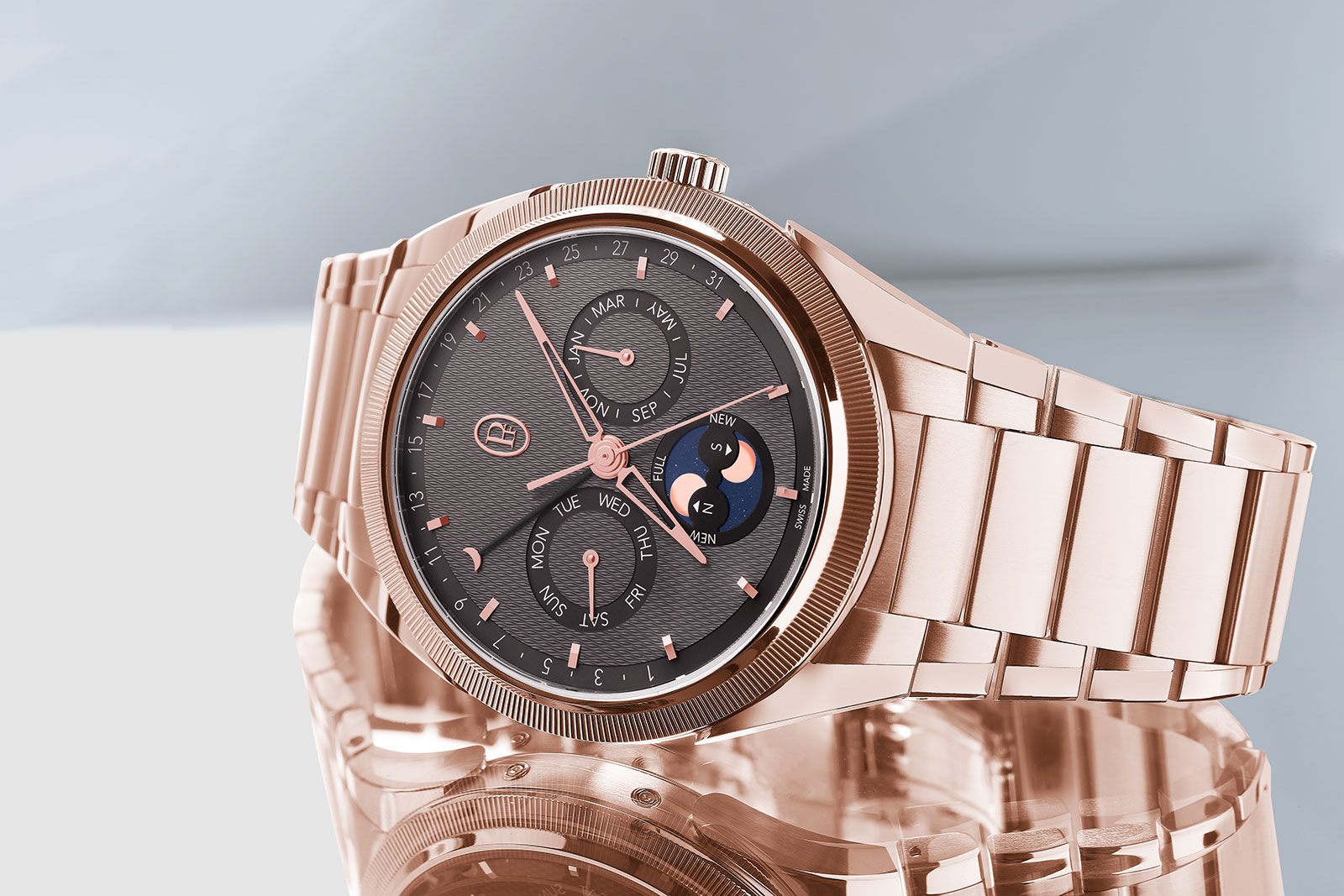
Tonda PF Chronograph
An impressive in-house movement makes the Tonda PF Chronograph the highlight of the line. The defining model for most sports watch designs is a chronograph, and Parmigiani has done well with here, especially in terms of mechanics.
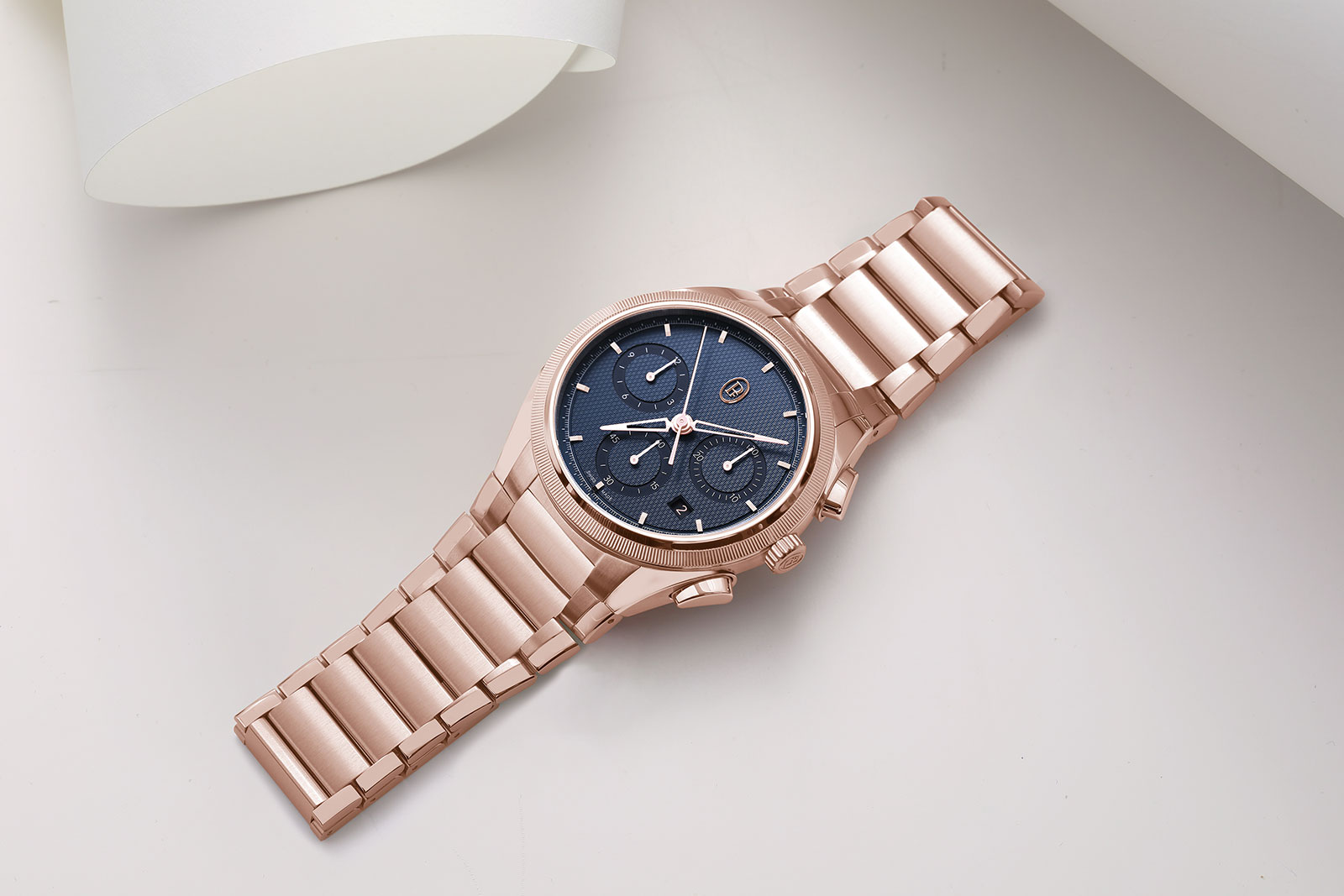
An integrated chronograph with column wheel and vertical clutch, the PF070 inside is one of the few modern, high-frequency chronograph movements. It operates at 36,000 beats per hour (5 Hz), while still having a 65-hour power reserve.
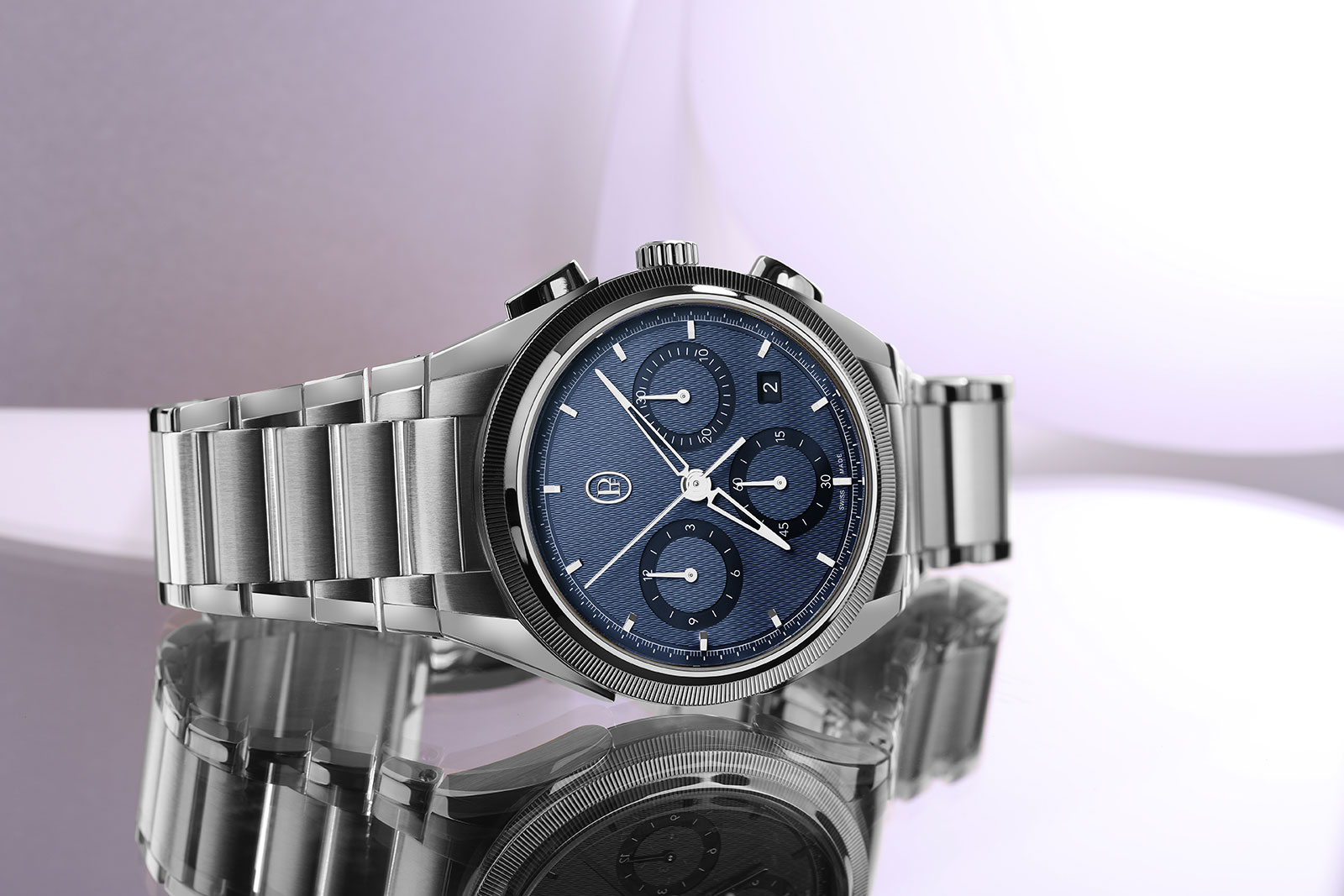
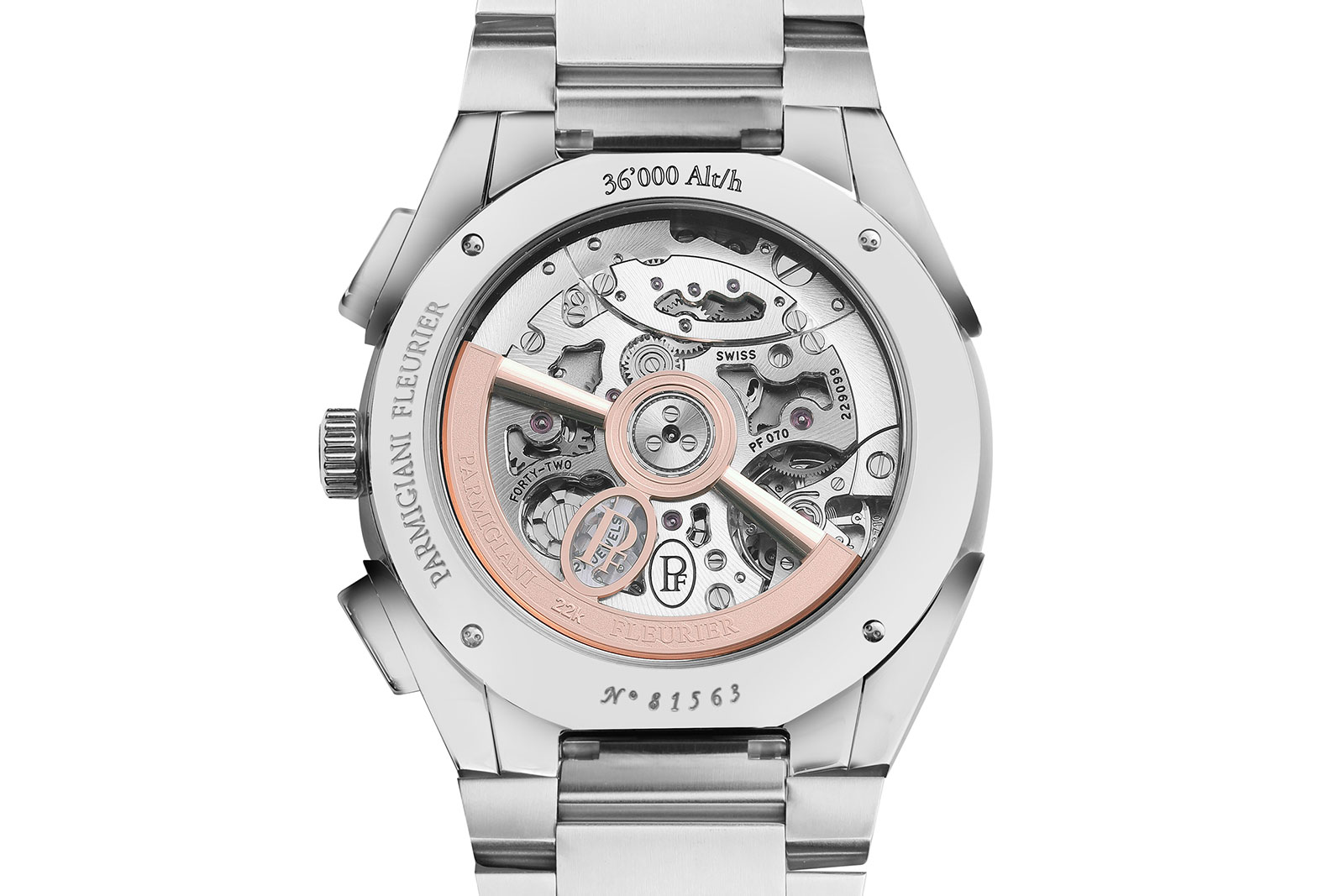
Tonda PF Split Seconds
And finally the top-of-the-line model, which is a no-expense spared rattrapante with a platinum case and bracelet. Even the sandblasted dial is solid platinum, and matched with markers and hands in solid gold.
The PF361 inside is similarly preciously, with its bridges and base plate are 18k rose gold.
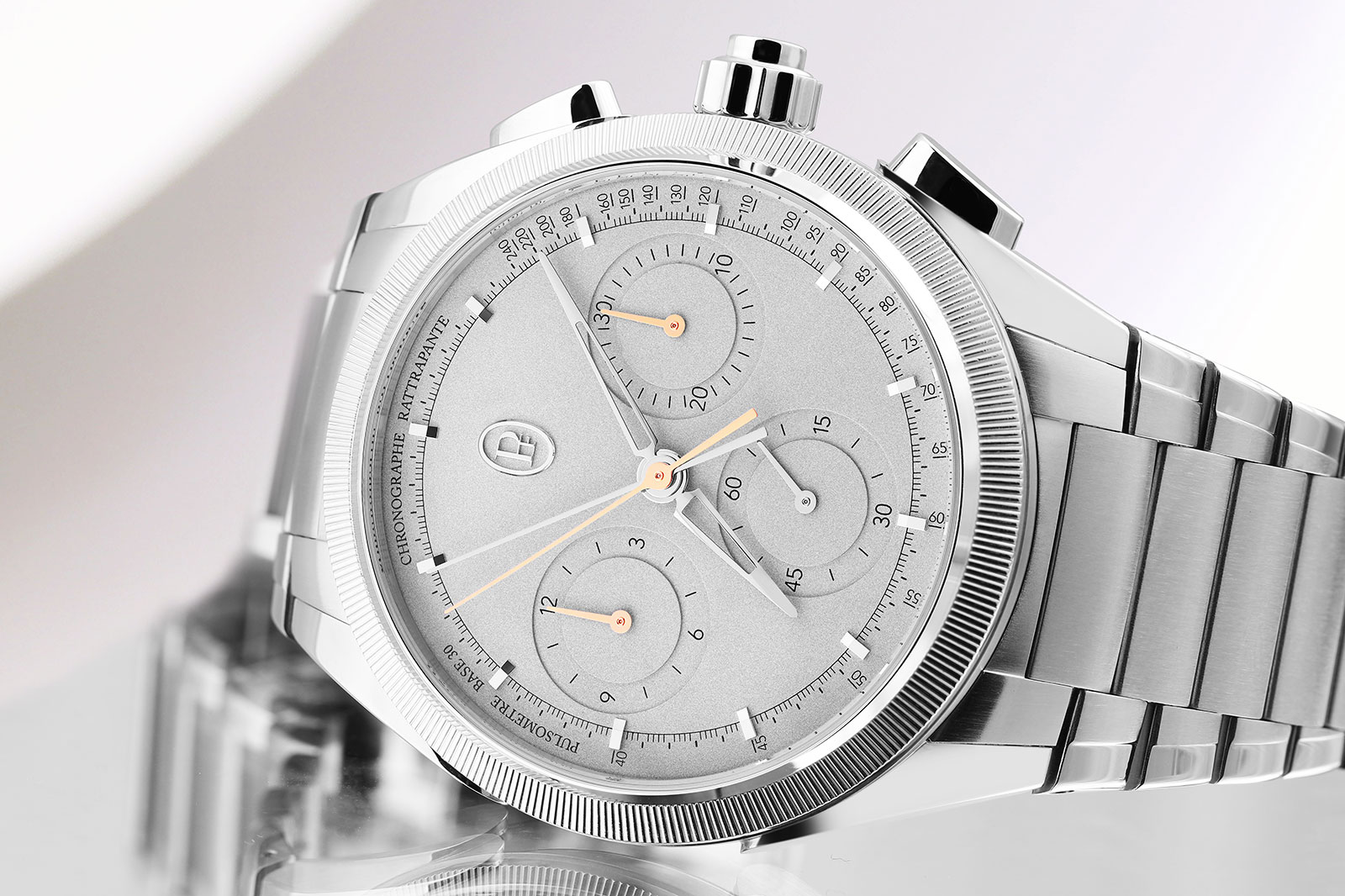
It’s derived from the automatic calibre found in the Tonda PF Chronograph, so it’s also a high-frequency, 5 Hz movement. But it is hand wound, revealing its striking, skeletonised bridges, all of which are finished by hand.
It’s the only limited edition in the range – just 25 will be made – but that comes as no surprise since the retail price is US$171,600.
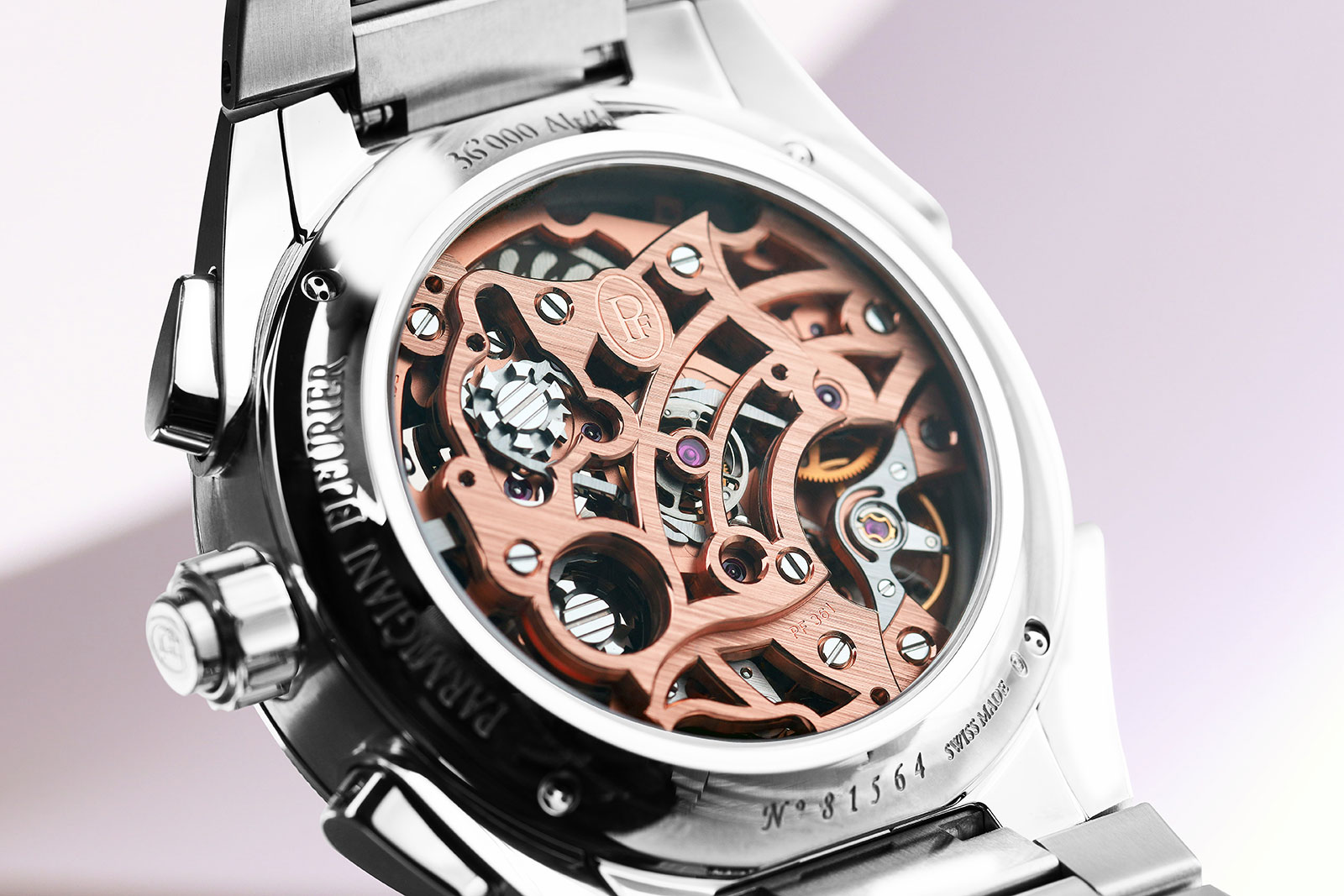
Key facts and price
Parmigiani Fleurier Tonda PF Micro-Rotor
Ref. PFC914
Case diameter: 40 mm
Height: 7.8 mm
Material: Steel with platinum bezel or 18k rose gold
Crystal: Sapphire
Water resistance: 100 m
Movement: PF703
Features: Hours, minutes, and date
Frequency: 21,600 beats per hour (3 Hz)
Winding: Automatic
Power reserve: 48 hours
Strap: Matching bracelet in steel or gold
Availability: From Parmigiani and select boutiques worldwide
Price: US$22,900 in steel, US$53,900 in gold
Parmigiani Fleurier Tonda PF Annual Calendar
Ref. PFC907
Case diameter: 42 mm
Height: 11.1 mm
Material: Steel with platinum bezel or 18k rose gold
Crystal: Sapphire
Water resistance: 100 m
Movement: PF339
Features: Hours, minutes, and annual calendar with moon phase
Frequency: 28,000 beats per hour (4 Hz)
Winding: Automatic
Power reserve: 50 hours
Strap: Matching bracelet in steel or gold
Availability: From Parmigiani and select boutiques worldwide
Price: US$38,700 in steel, US$77,500 in gold
Parmigiani Fleurier Tonda PF Chronograph
Ref. PFC915
Case diameter: 42 mm
Height: 12.4 mm
Material: Steel with platinum bezel or 18k rose gold
Crystal: Sapphire
Water resistance: 100 m
Movement: PF070
Features: Hours, minutes, date, and chronograph
Frequency: 36,000 beats per hour (5 Hz)
Winding: Automatic
Power reserve: 65 hours
Strap: Matching bracelet in steel or gold
Availability: From Parmigiani and select boutiques worldwide
Price: US$31,000 in steel, US$69,700 in gold
Parmigiani Fleurier Tonda PF Split Seconds
Ref. PFC916
Case diameter: 42 mm
Height: 15 mm
Material: Platinum
Crystal: Sapphire
Water resistance: 100 m
Dial: Solid platinum
Movement: PF703
Features: Hours, minutes, and split-seconds chronograph; solid gold bridges and base plate
Frequency: 36,000 beats per hour (5 Hz)
Winding: Hand wind
Power reserve: 65 hours
Strap: Matching bracelet in platinum
Limited edition: 25 pieces
Availability: From Parmigiani and select boutiques worldwide
Price: US$171,600
For more, visit parmigiani.com
Correction August 31, 2021: The specifications of the Annual Calendar and Chronograph were transposed in an earlier version of the article.
Back to top.
